|
Our Hakka gongfu training requires the carrying of heavyweights upon our backs. This represents the hilly terrain the Hakka people lived within throughout the New Territories, Hong Kong. Hakka Clan villages, especially by the 20th century, were often re-constructed upon the top of various hills situated in prominent good (feng shui) positions. The bones must be kept strong for building good health and ensuring longevity. Strong bones allow the bodyweight to drop down through the centre of the bone-marrow into the floor (creating a strong 'root') - and facilitates the rebounding force which is distributed (throughout the skeletal-system) to the striking part of the anatomy - be it a hand, foot, elbow, knee, fore-head or torso, etc. The Hakka people moved into the Guangdong area (that became the 'New Territories' under the British in the 1890s) in the mid-1600s - following the Manchurian invasion of China (which established the foreign 'Qing Dynasty' during 1644 CE). Our 'Chan' (陳) Clan (pronounced 'Chin' in the Hakka language and 'Chan' in the Cantonese language) originally settled at the base of a hill near the coast in the Sai Kung area. I think we probably originated somewhere in Henan province (like many other Hakka Clans that I have investigated). Younger people often carried older relatives on their backs (as part of the required filial piety) up and down the hills - to and from various areas. Chinese families reflect the government and vice versa. One reflects the other whilst the notion of Confucian 'respect' permeates the entire structure. This is true regardless of political system, era, religion or cultural orientation. Many Daoists and Buddhists are Vegetarian - because they respect animals and the environment. When working as farmers - Hakka people carried tools, goods and the products of harvests on their backs between long hours working in the rice fields with the Water Buffalos. The continuous repetition of hand and foot movements - and the standing postures for long hours in the wind and rain - condition the mind and body for genuine Hakka gongfu training. Although there is an 'Iron Ox' gongfu Style (different to our own) - the spirit of the Ox pervades all aspects of the Hakka gongfu styles! Even so, our Hakka Style embodies the spirit of the Bear! We can fighting crouching low - or stand high giving the impression that we are bigger than we actually are! Our developed musculature is like the Ox and the Bear in that it is large, rounded and tough! We can take a beating and still manifest our gongfu Style with ease! We do not go quietly into that dark night! The above video shows Hakka people de-husking rise - with the standing person practicing 'Free Stance, rootedness and knee-striking, etc, and the crouching person showing a low Horse Stance and position for 'Squat-Kicking', etc, whilst demonstrating dextrous hand movements often found in gongfu Forms. Of course, not all Hakka Styles are the same and there is much diversity throughout the Name Clans. Our Chan gongfu is Military-related and can be traced to the Qin Dynasty (221–206 BCE). I think there used to be a State Gongfu Manual (since lost) issued by the Qin Dynasty as part of the process of turning every village, town and city into a 'Barracks'. Guiding the ploughs through the water and mud at the back of the Water Buffalos reflected the leg, arm and torso positions found within the Hakka gongfu. How the Hakka farmers stood still, stepped forward and back - side to side, tensed and relaxed their muscles, used their eyes and ears, and produced power and learned to give-way - all manifested in the various Hakka gongfu Styles. On Occasion, the Ox is given the day-off and the local people take to 'pulling the plough'! Our Hakka Gongfu is 'Longfist' based. Whereas many Hakka Clans - following our defeat at the end of the Punti-Hakka Clan Wars (1854-1867 CE) - Hakka people were ethnically cleansed into small areas of Guangdong province. Around 20 million people had died in this terrible war (which included the separate but related Taiping Rebellion - a Hakka-led war - fought for different reasons). The original 'Northern' Hakka Styles were persecuted and viewed as the vehicle through which the Hakka people had made war in the South of China (the area they had migrated into). The Hakka are patriotic Han Chinese migrants who fled the foreign invasion of Northern China - but who were not wanted or welcome within Southern China. Since the 1949 Revolution - things are very different today in China - as Hakka and non-Hakka now live side by side in harmony. When the various Hakka Clans 'shortened' the arm and leg movements of their gongfu Styles - to make these arts seem 'Cantonese' in origin - our Hakka Clan lived in a relatively remote area of South East Guangdong province and refused to do this. We practiced our 'Northern' Longfist martial arts in isolation and hid our gongfu in Temples grounds, behind walls and by practicing at night. Master Chan Tin Sang (1924-1993) fought and killed Imperial Japanese soldiers in the New Territories between 1941-1945 using our Hakka gongfu. Around 10,000 Hakka men, women and children were killed in this war fighting the modern Japanese soldiers using bare-hands and feet - and traditional weaponry. Many of our relatives were killed during this time. Master Chan Tin Sang came to the UK in 1956 - as a British Subject - to work for a better life, not because China is a bad place (it is not), but because life in the New Territories under British rule was continuously impoverished. Master Chan Tin Sang worked hard for 10-years before he earned enough money to bring his wife and two daughters to the UK (in 1966) - also as British Subjects. My Chinese relatives were NOT economic migrants, Asylum Seekers, or Refugees. My Chinese relatives do not follow Cults and are free-thinking individuals who are proud to be 'British' whilst supporting Mainland China's right to self-determinate - just like any Western country.
0 Comments
As I write - I am sitting in front of my laptop - 'boiling in the bag' - as I call it! This is because that when I run with the weighted rucksack (56 lbs) - I wear a polythene 'sweat suit' under layers of the normal training gear of short, T-Shirt, and Tracksuits, etc, as well as a military woolly hat and usually Karrimor Trainers (as this brand is strong enough to support my feet and ankles whilst carrying a heavy rucksack - and which do not break easily under the strain. Furthermore, as I not only run in the early hours - but often head to the local park to practice gongfu and Taijiquan forms - I wear a thin, strong, flexible, waterproof and warm gloves designed for rock-climbing and/or skiing. These gloves allow the hands to freely move and grip whilst protecting the outer structure. Today was slightly different due to the intense cold - which took me by surprise. I have been running in around -4 or -5 degrees Celsius over the last week or so - but although my hands did not feel the cold as a ran (the gloves are that good) - When I got in (after about 15 minutes) - my hands felt freezing cold after I had took my gloves off! This just goes to show the danger of low temperatures and how the human-body reacts to such conditions. The lowest temperatures I have been in is -10 - and that was in the UK in the mid to late 1990s (in London). I was out for over an hour on that evening and had to get in a hot bath for an hour and then only started shaking later when wrapped-up in bed with a hot bottle! I was not very warmly dressed at that time - but I was young! The hottest temperature I have experienced is 54 degrees Celsius - and that was in Egypt around 1996!. The point is, practicing in air-conditioned and purpose-built halls (with 'soft' flooring) is not necessarily what proper gongfu training is all about. When we were training in the New Territories (Hong Kong) - the temperatures varied between 25 - 40 Celsius - but this was a tropical heat. In such a heat a person sweats profusely merely by being present! Perhaps there has to be an element of true danger when training in genuine gongfu - a danger that must be 'managed' appropriately and correctly. Limits must be realistically pushed - whilst allowing common-sense to prevail. For instance, since damaging the skin of my knees (which are now healing) - I now wear rock-climbing knee-pads to absorb the shock of potentially falling down whilst carrying a heavyweight. Adjust and overcome!
Author's Note: I suspect there are many localised names for these folk remedies often linked to family gongfu styles. For instance, I was verbally taught to refer to this medicine as 'Iron Fighting Wine' (铁斗酒 - or 'Tie Dou Jiu' in Putonghua) - with the idea that the wine both 'cures' and 'toughens' the body - especially the anatomical weapons. However, when checking the medical notes of Master Chan Tin Sang (1924-1923) we discovered that this TCM treatment is listed as being referred to in a number of different ways. One such description is '跌打酒' (or 'Die Da Jiu' in Putonghua) - although this is not how we refer to this treatment in general conversation. This alternative description literally means 'Bruise Wine' or more specifically 'Bruise Removal Liniment' - although some versions (including our own) are also made to be drank (in small quantities). The complication seems to stem from the fact that in our Hakka-Cantonese dialect - both these names are pronounced 'Dit Da Jow'. The idea of 'Iron Fighting Wine' is linked to arm and leg conditioning which involves smashing the hands and feet repeatedly into hard objects. Afterwards, the broken skin and the deep and shallow bruising is treated with this liniment - which not only 'cures' but also hardens' the effected areas. As the liniment is vigorously rubbed onto the area in question - a 'Great Heat' ('Die Yeet' in Hakka-Cantonese) is produced - forming yet another descriptive explanation (Die Yeet Jow) that regularly use! ACW (26.11.2023) These medicinal ingredients were gathered in Hong Kong by Master Chan Tin Sang long before his passing in 1993. Indeed, many of the constituent herbs were actually sourced from various places throughout Mainland China and transported to various Traditional Chinese Medicine Doctors who ran the Herbal Medicine Shops throughout the New Territories and Hong Kong Island. Invariably, these shops were often located within dark and obscure back alleys.
A customer and/or patient has to approach the main desk at the front of the shop and present the 'Dit Da Jow' (铁斗酒) prescription (or 'recipe') - which is traditionally written in the Chinese medical-script - a different type of formal Chinese writing that is something akin to how classical Greek or Latin is used in the West for medical terms (although unrelated in structure). In the Hakka dialect - 'Dit Da Dow' - is usually termed ''Die Yeet Jow' (大暍酒) - but this changes the emphasis of the name from 'function' (fighting) to 'treatment' (rubbing the bruised area vigorously so that a great healing 'heat' is produced). Therefore, 'Die Yeet Jow' translates as 'Great Heat Wine'. We mixed these medical herbs with Western brandy on February 23rd, 1997 - and it has been brewing now for 26-years and nearly 9-months as of November 2023! Our Chinese grandfather - Chan Tin Sang (1924-1993) fought as part of the 'People's Militia' (with his Section also known as the 'Hakka Resistance') in the Hong Kong and New Territories region. When he recalled these events years later – he often described this time period (1941-1945) as ‘The years covered in blood.’ - as there was never a time that he was not covered in his own blood or the blood of his enemies. Hong Kong had been under the imperialist rule of the British from 1841-1941 - when the Imperial Japanese Army successfully overran the area - killing thousands of ethnic Chinese POWs and civilians in the process! Thousands of ethnic Indian and 'White' British soldiers were killed in combat, wounded and taken into captivity (where many were tortured). What follows is description of what the ethnic Chinese people experienced throughout Hong Kong and the New Territories – a reality either deliberately ignored or simply not known by Western historians and biographers. Part of the problem is not simply political bias or historical preference (although these two issues undoubtedly play their part) - but rather that not ALL ethnic Chinese people understood fully what was happening! The ‘White’ British Administration did not trust the ethnic Chinese population – as they were afraid of homegrown uprisings – but positively detested the Imperial Japanese! This is why the British Authorities ‘refused’ to arm the ethnic Chinese population at the beginning of the Japanese troubles! Rumours of a fifth column in Kowloon turned out not to be true (these groups were comprised of Japanese sleeper cells activated to meet and assist the incoming Japanese troops). As the British Authorities did not arm the local ethnic Chinese populations with modern firearms – these people (comprised of the Cantonese, Hakka, Hokkien and Teochew ethnic groups amongst others) had to rely upon their traditional martial arts skills to fight the Japanese invaders. This was NOT a problem as the ethnic Chinese attitudes were still very ‘feudalistic’ at the time and the martial arts incredibly effective on the battlefield and in self-defence encounters! How did (modern) British arms enter the area? This seems to have been through a behind-the-scenes agreement between the CPC and the British government. The People's Militia was organised by the Communist Party of China (CPC) - as the Nationalist government had no interest in Hong Kong being part of a united China again (for the British this must have been a tricky business as the CPC was not formally in power in China - nor was it ‘recognised’ by any ruling government outside the USSR). It is remarkable that given CPC troubles being experienced in Central and Northern China at the time (fighting the Nationalists and the Japanese) that it was able to 'project' its power into what was then a very distant and remote area – but the understanding that had been reached between the CPC and the British allowed a small trickle of UK arms into the region to be used by the local Chinese people! This 'Resistance' movement against the Imperial Japanese was permitted providing the CPC power structure (together with the British arms) be 'withdrawn' from the region following the eventual defeat of the Imperial Japanese! Our Hakka Chinese family clan in Sai Kung suffered terribly at the hands of the brutal Japanese - with women and girls routinely 'raped', 'tortured' and 'murdered'! Not only do we possess eye-witness accounts of this barbarism - but long before the internet the Japanese liked to 'photograph' (and sometimes 'film') their crimes for all to see! These are crimes that the Japanese committed all over China and Asia - and which the Japanese government has yet to properly acknowledge and apologise for! Chan Tin Sang was 17-years old in 1941 and 21-years old in 1945 - when the war ended. During that time, he lost most of his immediate relatives and was accustomed to fighting ‘hand-to-hand' with the fanatical Japanese soldiers - using his Hakka martial arts skills to survive (his father died fighting in this manner in 1944). Later, in search of a better life - Chan Tin Sang came to England in 1956 when he was 32-years old. He worked hard for 10-years in what became London's 'new' Chinatown and finally saved up enough money to bring his wife and daughters to the UK (as they already possessed 'British Citizenship') in 1966 (when he was 42-years old). He passed away in 1993 when he was 69-years old - which was quite old at the time - but many believe that the years of deprivation (and continuous violence) he experienced between 1941-1945 definitely shortened his lifespan. Sometimes - as individuals and groups - we possess no choice. By the time the Western allies were landing on Normandy 79-years ago – the Japanese Occupiers were still strong and effective throughout Hong Kong and the New Territories! It would be with the entry of the Soviet Red Army (during late 1945) into Manchuria that begin the demise of the Imperial Japanese Army and signal the return of the British to Hong Kong!
Dear Tony Thank you for your interesting email regarding the relatively 'open' stance as found throughout the various lineages of Fujian White Crane Fist when practicing the 'San Zhan' (三戦) or 'Three Battles' Form - as compared with the 'closed' stance work (and obvious groin protection) found within the 'Sanchin' Kata of the Goju Ryu Karate-Do Style! Yes - I have noticed this. I was talking to a student about this. It reminded me of the stance used for skiing. As if 'gripping' or 'stabilising' on a slippery surface. Sometimes, the old Masters (such as Master Chan) would talk about stepping in, through or onto congealed blood - which is slippery. He fought, wounded and killed invading Japanese soldiers during WWII (1941-1945) as part of the Hakka Resistance operating throughout the New Territories (a People's Militia had developed - supplied from the Mainland). His father (Chan Yun-Fat) was killed fighting in 1944 leading an attack on an Imperial Japanese Army position - armed only with traditional gongfu weapons. This was a diversionary attack whilst those armed with the limited number of rifles and ammunition attacked the main target. His wife's mother was gang-raped by Japanese soldiers, skinned, hung-up by her hair and set fire to. Por Por (Mrs Chan) used to tell us stories for years about those terrible times - until her passing in 2011 (years later, a Detective contacted Mrs Chan and said one of her brothers had survived a Japanese village massacre and had been taken to Australia by foreigners - she got to meet him again one more time in his now native Australia a year before he passed away. I spoke to him on the telephone. He was around five years old at the time of him going 'missing' - with his small body being hidden under the bodies of the adults killed around him). We practice falling to the ground forward, backwards and to the sides in our Hakka Longfist Family lineage - and using Ground Fighting (with a groin guard and a head guard). I suspect that other aspects of the Fujian Style in question also teach a groin guard in an accumulative sense - as is usual in traditional gongfu. Goju Ryu is highly rationalised and modernised (a process of sheer genius) - which is a good thing - but traditional gongfu is often sprawling, illogical and difficult to fathom! Thanks PS: Wong Tai Sin is our 'Daoist' family God - as Master Chan Tin Sang (1924-1923) was a TCM Doctor (taught in the old way). It is virtually impossible to acquire statues of this 'healing' God as it is very carefully guarded by the Temple Authorities in the New Territories! We have a photograph on our family shrine - but my ex-wife currently looks after the family Wong Tai Sin statue (which was passed into my keeping by Mrs Chan upon her passing). Indeed, my ex-wife can be seen on the above-linked BBC programme - 'Escape to the Country' with our family statue of Wong Tai Sin (黃初平) shown at 5:39:
During a two-week visit to Hong Kong and the New Territories during February 1999 - which included a visit to the 'Chan' (陳) ancestral village in the Sai Kung area of the New Territories (as well as a trip over into Shenzhen to visit other relatives), I engaged in the usual gongfu activity of 'Form Swapping' with any other interested parties. Chinese gongfu Forms are like a form of cultural currency that involves a 'sharing' process which develops the over-all understanding of China's martial heritage of each individual involved! It is not that these 'new' or 'unfamiliar' styles are necessarily integrated into existing styles, systems and schools (although sometimes they are), but rather that practitioners of a certain level of attainment possess the ability to 'look beyond' and 'see through' the usual stylistic barriers that usually 'separate' and 'define' martial traditions! Indeed, as Master Chan Tin Sang (1924-1993) has a good reputation in the area, I was approached by various individuals to 'share' a gongfu Form over a friendly cup of tea! One such individual belonged to the now very affluent and exclusive 'Beggars and Wanderers Society' who offered to exchange one of our Longfist Forms for a Tiger and an Arahant Form preserved in their tradition. The members of this Society used to walk the roads of ancient China 'stealing' or 'borrowing' the gongfu Forms of local gongfu schools and passing these systems around, through and into places the population of which would usually not have encountered these types or sets of movements. These 'Beggars' were also tough and developed these Forms through the practicality of having to fight for their survival! Today, however, this Society is now comprised of families that have done well for themselves in business, and which form a type of 'Guild' around the fact that a distant relative was once a wandering beggar - similar to an itinerant Buddhist monk - but without the support of the establishment! Travelling from place to place, and penetrating the clans and social systems of other places was a highly unusual pastime during feudal China - where China was controlled within the empire through a stringent conservativism where every household, community and area was expected to be an exact copy of the imperial house! Moving 'between' communities was viewed as being strictly unnecessary unless there was a good reason for it - but 'Beggars' often possessed the ability to move in and out of places 'unnoticed' and 'unhindered' providing they did not draw attention to themselves. This is how they 'acquired' their extensive martial knowledge - which is said to cover 'Northern' and 'Southern' fighting styles in equal measure! The style featured on this post is said to be a mixture of 'Northern' and 'Southern' styles and is termed '羅漢十八摩' (Luo Han Shi Ba Mo) or unusually' 'Arahant Eighteen Abilities of Touch'! The use of the ideogram '摩' (mo2) is interesting - particularly as it seems to be replacing the more familiar '拳' (quan2) which denotes a closed fist. The ideogram '摩' (mo2) is comprised of: Upper Particle - 厂 (han2) = 'Cliff' Middle Particle - 𣏟 (pai4) = 'Hemp' or 'Linen' Lower Particle - 手 (shou3) = 'Open-Hand' Therefore, the use of '摩' (mo2) might denote the 'careful' and 'gentle' plucking or picking of plants from the edge of a cliff - a dangerous activity that requires skill, timing and precise movement. Indeed, this leads to the other meaning of '摩' (mo2) which is to 'study' so that the 'touch' of the individual becomes highly skilled and yet free of all malice. As this style is said to have been developed by Chinese Buddhist monastics (possibly premised upon Indian Buddhist prototypes) - it is more than likely that the use of '摩' (mo2) signifies the non-presence of greed, hatred and delusion, the three taints all Buddhist practitioners are expected to 'uproot' through hours of seated meditation and the behaviour modification enforced through stringent (Vinaya) self-discipline! I suspect this indicates that this style of 'Arahant' self-defence preserves an older naming system. The arrangement of the ideograms seem to suggest that there are 'Eighteen' fighting techniques the 'Arahants' are expected to 'Study' if the sentence is read from left to right (which I am assuming). If the arrangement is meant to read right to left, then we have 'Study Eighteen Arahants'. Whatever the case, it is more usual today to place the number 'Eighteen' BEFORE the word 'Arahant' (十八羅漢). It seems that the use of the ideogram '摩' (mo2) suggests methods whereby the Buddhist monastics emulate the techniques of 'closing the distance' between themselves and their opponent - without involving any malice of fore-thought!
Dear Tony
Interesting that no one has been chosen to replace Lin Jingfeng as a IOGKF Representative for China! This looks to me like a situation has developed over a) the IOGKF refusal to recognise Lin Weigong's 1989 (Xie Chongxiang) research and b) the bizarre comment Lin Jingfeng made stating that there is no evidence of Goju Ryu originating in Fuzhou! I believe this is why no new official IOGKF Representative is being currently allowed in China. The IOGKF are boxing clever by 'doing nothing' - which prevents them being 'banned'. I also noticed a Chinese netizen stating that Lin Jingfeng is not the first or only Chinese person to attempt to popularise Karate-Do in China. I will look into this! For your records. This is the educational site of Lin Jingfeng (d. 2018) which although published in the Chinese language - also presents in English. 沖繩剛柔流空手道 沖繩古武道 Traditional Okinawan Goju-Ryu Karate and Kobudo It contains many of the old Okinawa Goju Ryu photographs we were discussing (and more) together with dates and quite often the names of those featured. It follows the law of China but ignores the 1989 research carried-out by Lin Weigong which was endorsed by the Fuzhou Wushu Association and the Japanese Goju Ryu Association (Goju Kai?) - which resulted in the raising of a memorial stone in 1990! Lin Jingfeng states in a 2012 interview (carried-out in China - which I have translated into English) that during 1980 he was sent to Fuzhou by his Master (Miyagi Anichi) to seek-out the Chinese martial origins of Goju Ryu - but found 'nothing' - suggesting the following conclusions: a) No person(s) living in the Fuzhou area practices any form of physical martial arts. b) No person(s) living in the Fuzhou area possesses any knowledge relating to the practice of physical martial arts. c) No person(s) living in the Fuzhou area possesses any memories of the practice of physical martial arts. In the official biography of Lin Jingfeng included on the above website (and repeated on websites throughout China) - this episode is entirely omitted. Instead, the preferred line pursued by the IOGKF is this: '1979年 国际冲绳刚柔流连盟 (IOGKF) 在英国正式成立。1980年 联盟委任林竞峰先生作为它香港与中国地区的代表和支部长。1980年 林竞峰先生去冲绳参加了连盟成立后的第一次合宿训练。1981年林竞峰先生取得连盟五段资格认定 (由东恩纳盛男先生主持考核,由东恩纳盛男先生与宫城安一先生联名签发)。' 'During 1979 the International Okinawa Goju Ryu Federation (IOGKF) was formally established in the UK. In 1980, the Alliance appointed Mr Lin Jingfeng as its Representative and Branch Supervisor for Hong Kong and China. In 1980, Mr. Lin Jingfeng went to Okinawa to participate in the first resident training programme held after the establishment of the Alliance. In 1981, Mr Lin Jingfeng was awarded his 5th Dan by the Alliance (The Grading was presided over by Higaonna Morio and the Certificate signed by Higaonna Morio and Miyagi Anichi).' What a busy year 1980 was have been for Lin Jingfeng! With all the developments and accolades he was receiving at this time, how long did he spend in Fuzhou and who did he speak to? Whatever the reality of the matter, (as I might discover more data at a later date), this situation does not look good and feels very odd. On the one hand the IOGKF is superficially appearing to tow the legal line by being careful how it and its members behave in China - and yet deliberately challenges the government of China by 'defying' and 'questioning' the conclusions of one of its best academic experts (Lin Weigong) regarding Fuzhou language, history and culture! This is a very interesting situation which I will continue to investigate. Thanks Adrian PS: In 1973, Lin Jingfeng resigned from the International Karate Organisation (IKO) and the Goju Kai Dojo in Hong Kong - and travelled to Okinawa. In 1974, Lin Jingfeng was introduced to Miyagi Anichi who accepted him as a student. The first few weeks of training evolved around Miyagi Anichi 'correcting' all the technical errors Lin Lingfeng had been taught in Hong Kong. This suggests that the earliest Dojo (1964) in Hong Kong was from the Goju Kai lineage of Japan - but at some point in its history - the control of the Hong Kong Dojo switched to IOGKF. Unless, of course, there is more than one such Dojo - but as Hong Kong is small, I doubt this. Perhaps it is a simple case of Lin Jingfeng returning to Hong Kong (c. 1979) and teaching the IOGKF version he had learned in Okinawa and abandoning the Goju Kai lineage - but again, this would seem odd. What this observation might do is explain why certain individuals state that Goju Ryu Katas taught in the Hong Kong Dojo are 'different' to those encountered outside of China! In other words, Goju Kai Kata are different from Goju Ryu (Okinawan) Kata! Global Kungfu Network Editor: Yang Yanfang (林竞峰) "Everyone who earns the black belt must do promotional work - which is an obligation to your art - and it doesn't matter if your financial conditions are good or not!’ Lin Jingfeng, 65 (as of 2012), is the Head Coach of the China Region of the International Okinawa Goju Ryu Karate Federation. He is also the Vice President of the Zhuhai Karate Association and all year round he is travelling and teaching in Zhuhai, Guangzhou, Changsha and Hong Kong. On April 6th, 2012, he sat down with reporters at the karate Dojo situated in the Zhuhai Sports Centre. Lin Jingfeng is a native of Hong Kong – but he speaks Putonghua very well. He is of medium stature, but he is very stocky. In his conversation, he appears to be kind, humble and very modest. He started to learn karate at the age of 15, got the first black belt at the age of 19, and is now an internationally recognized 6th Dan teacher. He told us that the journey went smoothly. He was part of the first batch of (Chinese) people to learn karate in Hong Kong, and also amongst the first group to successfully pass a black belt grading. When we first saw him, the scars on his arms and feet caught our attention, but his secretary told us that it was not the result of injuries, but an allergy to herbs. Lin Jingfeng said, in fact, when practicing karate it is easy to get injured, but he rarely gets hurt himself. This was done when he was practicing striking the sandbag. He was fine, but he used healing herbs on the cuts, grazes and bruises, but the allergies became what they are now. When he was teaching Goju Ryu in the Hong Kong Karate Association, many people in the class were seriously injured and they often had to call an ambulance after each session! Due to the realistic, tough and rough nature of Goju Ryu training - when the ambulance arrived and saw the wounded all over the floor – they did not know who to treat first! Part of the problem was calling an ambulance every 15 minutes due to yet another failed challenge match between a local fighter and one of our more talented Goju Ryu fighter! Things got so bad that the local hospital contacted the police – who launched an investigation – believing there was illicit or underground fighting for money going on! Later, Lin Jingfeng went to Japan, where he was taught the orthodox Goju Ryu karate by Miyagi Anichi Shifu - the brother-in-law of the former ancestral inheritor Miyagi Chojun! Lin Jingfeng told us that there are only four main styles of karate in Japan. As one of them, the Goju Ryu style of karate is mainly characterized by relatively small, circular and direct movements which are good at close-range defending and attacking. During 1980, he was instructed by his Master to travel to Fuzhu (in Fujian province) to seek-out the ancestral ‘Chinese’ martial arts styles that form the foundation of Goju Ryu Karate-Do. In other words, those Chinese martial arts styles which advocate and blend the mastery of yin and yang in their attacking and defending techniques. In other words, Lin Lingfeng was given the task of locating the fighting styles of Fuzhou that Higaonna Kanryo (1852-1915) studied, inherited and brought back to Okinawa around 1881. He was seeking out the same ‘gate’ (门 - men) of inheritance through which Higaonna Kanryo passed all those years ago! Lin Jingfeng stated that he could not find any historical, cultural or physical evidence that matched the reality of the obviously ‘Chinese’ orientated martial techniques preserved and passed on within the Goju Ryu tradition. Instead, following this failure, he decided to re-introduce the people of Mainland China to Goju Ryu Karate-Do – which is obviously a descendant of Chinese martial arts – despite being preserved within the Okinawan area of modern Japan today! Lin Jingfeng is of the opinion that Karate-Do possesses a 600 year history in China and it is about time that Chinese people understand this important exported aspect of their historical culture! Lin Jingfeng and Zhuhai Lin Jingfeng has been in Zhuhai (Guangdong) for 6 years. In the past 10 years, he mainly stayed in Pan Yu (Fuzhou), while his family was in Hong Kong. Over the years, he has been traveling around and communicating with karate associations in other places. We located him by coincidence. It happened that Lin Jingfeng was teaching, and the students were very different in age. Lin Jingfeng told us that people are getting younger and younger – with many girls now taking-up the training! The youngest student today is only 7 years old! Indeed, he explained that traditional Goju Ryu is very intense – but he feels this attitude is not always good in the modern world! Very young children cannot participate in such a feudalistic atmosphere – and so he has toned-down the frequency of training intensity! This adjustment has made it suitable for men, women and children to practice. Now there are five dojos in Zhuhai, including Sun Yat-sen University Zhuhai Branch, Beijing Normal University, and Jinan University. Lin Jingfeng told us a short story. One of his students worked in a government Department in Doumen (斗门). After coming here to practice with his son, in a dispute over a demolition issue, the student stepped forward to quell the incident. Lin Jingfeng said that karate is not only about learning, but more importantly, after you learn it, you have to have the courage to face emergencies and use your own abilities to solve problems. At the age of 65, he has been learning karate for 50 years. He said that the learning process of karate is not as interesting or exciting as some people think – as it involves repeated, boring and arduous exercises - which test a person's skill at patiently enduring. Regarding his persistence in karate, Lin Jingfeng was very calm in his words. When he first started learning, he felt that he was too weak, but later on, there were not too many twists and turns, and he didn't think too much. He said that no matter how old he is, he will definitely be thinking about the future. It is to live to old age and to continue to learn, whilst promoting karate has become a habit. He hopes that more people can understand and learn karate. Lin Lingfeng in Profile Chen Yangdi (陈阳娣), who has been with Lin Jingfeng for quite some time as the secretary of the Zhuhai Karate Association. She came to Zhuhai from Pan Yu (in Fuzhou) with Lin Jingfeng and won the runner-up in the women's group of the ‘First Guangdong-Hong Kong-Macao Karate Competition.’ According to her, the one who defeated her at that time was the Macau representative in the last Asian Games who had won a Silver Medal in the Asian Games. As a disciple of Lin Jingfeng, Chen Yangdi said that learning karate is very hard. You have to repeat the same movements every day, and the practice is very intense. Sometimes after practice, it is difficult to walk up the stairs and hold chopsticks. However, she feels that she has become more confident and happier in her karate learning, because parents often tell her that their children have changed a lot and become more sensible since taking classes here. Chen Yangdi told us that Teacher Lin once gave the heroine - Chen Baozhu (陈宝珠) - a martial arts instruction in the movie ‘The Lady Killer’, and film and television stars Di Long (狄龙) and Liang Xiaolong (梁小龙) once learned karate in Teacher Lin's place... Lin Jingfeng interrupted her, ‘They are too popular now – perhaps we shouldn’t mention them.’ Source: Zhuhai News Network.. 林竞峰:把空手道带回中国
全球功夫网 编辑:杨艳芳 日期:2012年05月17日 “每个进入黑带的人都必须去做推广工作,这是义务,跟你经济条件好不好没关系。”现年65岁的林竞峰是国际冲绳刚柔流空手道联盟中国区的总教练,珠海市空手道协会副会长,常年奔波在珠海、广州、长沙、香港四地。4月6日,在珠海体育中心的空手道道场内,他这样告诉记者。 林竞峰是香港人,他的普通话讲的还算清楚,身材中等,但却很魁梧,谈吐之中显得为人和善、谦虚、低调。15岁就开始学习空手道,19岁拿到了黑带初段,现已经是国际公认六段师范的他告诉我们一路过来,都很顺利,他是香港第一批学空手道的人,也是第一批拿到黑带的人。 刚见到他,他手臂、脚上的疤痕引起了我们的注意,但他的秘书告诉我们,这不是伤,是对草药过敏引发的。林竞峰说,其实练空手道很容易弄伤,但自己很少受伤,这是练沙袋的时候弄的,本来没事,上了草药,结果过敏就成了现在这样,全是疤痕。当初他在香港空手道协会教课时,班上很多人受伤,每次受伤后要叫救护车,有一次救护车上来看到满地的伤员竟然不知道要抬走哪一个,最厉害的一次是每15分钟叫一次救护车,后来医院就直接报警了,以至于警察怀疑他们在斗拳。 后来,林竞峰去了日本,获巳故流祖宫城长顺的入室弟子宫城安一师范亲自教授正统的刚柔流空手道。林竞峰告诉我们,空手道在日本主要有4个流派,刚柔流作为其中的一支,主要特点在于动作比较小,主张并擅长近距离攻击。1980年受师傅嘱咐第一次来到福建福州市寻找刚柔流同门,但很可惜没有收获,后林竞峰就一直致力于在中国内地和香港推广刚柔流空手道。林竞峰告诉记者,空手道600年前是中国的武术,他的目标是,发扬空手道,并将它带回中国。 林竞峰与珠海 林竞峰来珠海已经6年了,这之前的10年,他主要待在番禺,而他的家人都在香港,这些年来,他一直奔波各地,并与其他地方的空手道协会作交流。 我们去的很巧,刚好是林竞峰在教学,学生们年纪大小跨度非常大。林竞峰告诉我们,由于现在来学习的人年纪越来越小,有个学生只有7岁,而且女生也越来越多,为了利于空手道的推广,现在他已经将空手道练习的强度适当降低,使得男女老少都适宜练习。现在在珠海包括中山大学珠海分校以及北师大、暨大在内的道场就有5个。 林竞峰给我们讲了个小故事,他的一个学生在斗门一政府部门工作,在和儿子来这练习之后,在一次关于拆迁问题引发的纠纷中,这个学生挺身而出平息了事故。林竞峰说,说空手道,不仅仅是学,更重要的是在学过之后你还要有勇气去面对突发事情,并利用自己的能力化解问题。 现年65岁的他已经学了50年的空手道了,他说,空手道的学习过程并不是想有些人想象的那样很酷,更多的是重复枯燥艰苦的练习,在中也能够锻炼一个人的耐力。对于空手道的坚持,林竞峰在言语当中表现的非常平静,刚开始学时因为觉得自己太弱,但后来一路走来中间并没有太多的波折,也没有多想,他表示自己不管年纪多大,以后肯定是活到老学到老,推广空手道变成习惯,他希望有更多的人能够了解、学习空手道。 侧面的林竞峰 一直陪在林竞峰旁边的陈阳娣是珠海市空手道协会的秘书,她随林竞峰从番禺来到了珠海,曾获得“第一届粤港澳空手道选手权”女子组的亚军,据她介绍,当时打败她的是上一届亚运会中的澳门代表,并在亚运会中获得了银牌。作为林竞峰的弟子,陈阳娣表示,学空手道很苦,每天要重复一样的动作,练习强度也很大,有时候练完之后,走楼梯,拿筷子都很困难。不过她觉得自己在空手道中学习中变得更为自信,也很开心,因为经常有家长对她说,自从在这上课之后孩子变化很大,更为懂事。 陈阳娣告诉我们,林老师曾经在电影《女杀手》里面给女主角陈宝珠做武术指导,影视明星狄龙、梁小龙曾经在林老师这学过空手道……林竞峰却打断了她的话,“他们现在太红了,这样说不太好。” 来源:珠海新闻网 When the British Authorities 'Surrendered' on Christmas Day, 1941, the Japanese Imperial Army began their reign of terror and endless massacres of th local Chinese population of the New Territories and Hong Kong Island - sparing no one in their path! The Japanese Imperialists were joined by the Sikh contingent of the British Police and British Army - who changed sides and aligned themselves with Japanese fascism! The Sikh leader at the time mistakenly believed that India would be 'freed' by the Japanese fascists! I suspect the Sikh's were surprised when the Imperial Japanese began massacring the Indian population as well - seeing the Indians, Europeans and Chinese as being racially inferior! The Hakka Chinese population of the New Territories and Hong Kong Island elected (through their Clan Associations) to continue to fight the invading Imperial Japanese using traditional weaponry and unarmed martial arts skills. This was necessary as the British imperialists had withheld all modern weaponry from the hands of the indigenous Chinese population as it was believed the ethnic (local) Chinese would form a 'Communist' insurgency and attempt to other throw British rule! The Hakka Chinese put up a very good fight and inflicted thousands of casualties upon the Japanese. The Hong Kong Navy consisted of one motorboat captained by an 'Admiral Chan' who had a wooden-leg. When the Japanese began the final push onto Hong Kong Island - his boat was quickly sank and he was marooned on a small island in Hong Kong harbour. The Japanese recall that this old man took-off his wooden-leg and used it to batter senseless any Japanese soldier who tried to take his little island! Remarkably, Admiral Chan was rescued from his predicament and went on to live well beyond the end of WWII! Our Chinese Grandmother - Cheung Yiet-Tai - used to tell us the horrific stories of the Japanese atrocities carried-out in the New Territories by the Imperial Japanese Army! Master Chan Tin Sang was 17-years-old in 1941 when the anti-Japanese fighting started in the Hong Kong region - whilst Cheung Yiet-Tai was also 17-years-old. The Imperial Japanese had started a campaign of the mass rape of young girls and women. Cheung Yiet-Tai had to hide whilst her mother was gang-raped, hung-up by her hair, 'skinned' and then finally burned to death! This was a terrible fate that befell many thousands of young Chinese women and girls! Whilst the female Chinese population hide with their children in the many cave systems throughout the coastal areas, the the Chinese men formed a guerrilla army and took to covert military action. This fighting was absolutely brutal and each day saw hundreds of Chinese men NOT returning to their awaiting families! When the returning British retook control of Hong Kong in 1945 - they were astonished to hear that the local Chinese Hakka population had continued to fight between 1941-1945 without the aid of modern weaponry - and suffered around 10,000 casualties! The British then erected a monument in the New Territories recognising the bravery of t Hakka Chinese people (or a least this was the story I was told - but it seems the local villagers raised this monument themselves - with the British only taking credit later when they realised they could do nothing about it - see below). In 1956, Master Chan Tin Sang came to the UK and worked hard for ten-years before saving enough money to bring his wife and two daughter to Britain in 1966. The Hakka Chinese people are known for migrating to find a better life! A Chinese-language history documents describes one area of the Hong Kong resistance to Japanese terror when it states: 'Wujiaoteng Village is a Hakka village with a patriotic tradition. It was the base of the Hong Kong and Kowloon Independent Brigade of the Dongjiang Column in the era of Japanese occupation. After the outbreak of the Pacific War on December 7, 1941, the Japanese attacked and quickly occupied Hong Kong. In more than three years of anti-Japanese guerrilla war, the Hong Kong and Kowloon Brigade attacked the Japanese army many times, and eliminated the notorious Japanese spy Toaki, as well as many other traitors and secret agents. The maritime squadron frequently attacked the Japanese shipping lanes in the waters near Hong Kong. It experienced more than ten major naval battles. It captured 13 enemy ships, sank 10 ships, and intercepted hundreds of tons of cargo and delivered them to the Dongjiang Column Headquarters. The Hong Kong and Kowloon Brigade also rescued allied pilots on many occasions and assisted the Allied forces in obtaining military intelligence. In early 1942, an anti-Japanese guerrilla squad came to Wujiaoteng Village and began a counterattack against the Japanese army. They attacked Kai Tak Airport, bombed the Japanese Railway No. 4 in Kowloon and the arsenal, etc., and made immortal military exploits. The Japanese army hated this Hakka Chinese Unit and encircled and wiped out Wujiaoteng Village many times, but the guerrillas repeatedly escaped danger under the protection of the villagers. During the Japanese occupation, the invaders launched more than ten raids on Wujiaoteng and surrounding (Hakka) villages. On September 25, 1942, the second day of the Mid-Autumn Festival, the Japanese army surrounded Wujiaoteng Village in the early morning, forcing the masses to surrender their traditional self-defence weapons and give the guerrillas. The village chief Li Shifan and others were not afraid of pouring water, burning fire, or being stepped on horses. They were tight-lipped and were sacrificed heroically. In February 1943, half a year after the incident, on the hillside near Wujiaoteng Village, the Guangdong Provincial Interim Committee and the Dongjiang Military and Political Committee held a joint meeting to implement the instructions of the Southern Bureau of the Communist Party of China and summarize the experience of the anti-Japanese guerrilla war in the Dongjiang and Zhujiang areas. The lessons and plans for future work are known as the "Wu Jiao Teng Conference" in history. The meeting is of great significance to the work of the Dongjiang Column, the Guangdong area, and the anti-Japanese work of the Dongjiang Military and Political Committee. Subsequently, the Central Committee of the Communist Party of China instructed to change the designation of the Guangdong People's Anti-Japanese Guerrilla Corps to the Dongjiang Column of the Guangdong People's Anti-Japanese Guerrilla Corps, which has seven groups under its jurisdiction. Zeng Sheng was the commander and Yin Linping was the political commissar. On December 2, 1943, the Dongjiang Column was formally established. The Hong Kong and Kowloon (Hakka) Brigade was one of the first seven teams of the Dongjiang Column. What is less known is that the radio station of the Dongjiang Column was also hidden for eight months in Shishuijian near Wujiaoteng Village, continuously transmitting signals, allowing Guangdong to keep in touch with Yan'an. Without this radio station, the anti-Japanese war in Hong Kong and even Guangdong would be very critical. During this period of time, the hidden management of the radio station was kept extremely secret The logistical work of the radio station depended on the villagers Lin Mao, Lin Chuan's uncle and nephew (they took fishing boats to join the troops dealing with maritime traffic) and their family of 4 people climbing mountains and ridges for secret acquisitions. In April 1943, the Japanese army "mopped up" Shishuijian, but our radio station had already been safely transferred. The Japanese army arrested villager Lin San, tied him to a tree and beat him severely, forcing him to confess the whereabouts of the radio. In the end, the Japanese army killed him and set fire to five houses... During the Anti-Japanese War, 40 youths from Wujiaoteng Village said goodbye to their hometowns and joined the guerrillas without hesitation. 9 Anti-Japanese journalists successively sacrificed for the country and the welfare of Hong Kong. After the victory of the War of Resistance Against Japan, in order to commemorate the villagers and guerrillas who sacrificed their lives for the War of Resistance Against Japan, in October 1951, the villagers spontaneously built a monument for the martyrs, which was rebuilt in 1985. As the original site was located in a remote, steep and sloping mountain slope, until December 2009, the monument was relocated to the current site with funding from the SAR government.' 1941年12月7日太平洋战争爆发后,日军大举进攻并快速占领香港。在三年多的抗日游击战争中,港九大队四处出击,多次袭击日军,先后消灭罪恶昭彰的日本特务东亚芝及多名汉奸密探。海上中队在香港附近海域频繁袭击日军的海上交通线路,先后经历较大海战十多次,缴获敌船13艘,击沉10艘,并截获数百吨货物上交东江纵队总部。港九大队还多次营救盟军飞行员,并协助盟军获取军事情报。
1942年初,我抗日游击小分队来到乌蛟腾村,开始了对日军的反击。偷袭启德机场、炸毁日军九龙第四号铁路及军火库等,立下不朽战功。日军对其恨之入骨,围剿、扫荡乌蛟腾村多次,但游击队得村民保护屡屡脱险。日占时期,日本侵略者对乌蛟腾及周围的村庄发动了大小十余次扫荡。1942年9月25日,即中秋节第二天,日军清晨包围乌蛟腾村,强迫群众交出自卫武器、供出游击队员。村长李世藩等不惧灌水、火烧、马踏,守口如瓶,壮烈牺牲。 事件后半年的1943年2月,在乌蛟腾村附近的山坡上,广东省临委和东江军政委员会召开联席会议,贯彻执行中共南方局的指示,总结东江和珠江地区敌后抗日游击战争的经验教训和部署今后的工作,史称“乌蛟腾会议”。会议对于东江纵队、广东地区的工作,对于东江军政委员会的抗日工作都有重要的意义。 随后,中共中央指示把广东人民抗日游击总队的番号,改为广东人民抗日游击队东江纵队,下辖7个大队。曾生任司令员,尹林平任政委。1943年12月2日,东江纵队正式宣告成立。港九大队是东江纵队首批7个大队之一。 而鲜为人知的是,当年东江纵队的电台也在乌蛟腾村附近的石水涧隐藏了八个月,持续不断的发射信号,使得广东与延安保持联系。如果没有这个电台,香港、甚至广东的抗日将会非常危急。在这段时间里,电台密室封闭式管理,保密极为严格。而电台的后勤工作,全靠该村的林茂、林传叔侄(他们带渔船一起参加部队为海上交通)及其家4人爬山越岭秘密采购所需。1943年4月,日军对石水涧“扫荡”,但我电台早已安全转移。日军抓了村民林三,绑在树上毒打,逼其供出电台下落,最终日军活生生把其打死,并纵火烧毁其五间房子…… 抗战时期,乌蛟腾村先后有40位青少年挥别故里,义无反顾地参加游击队,先后有9位抗日志士为国为香港壮烈牺牲。 抗日战争胜利后,为了纪念为抗战付出生命的村民和游击队员,1951年10月,村民自发为烈士筹建了一座纪念碑,并于1985年重修。由于原址位于山坡下陡滑偏远处,至2009年12月,由特区政府出资,纪念碑迁于现址重建。 The British Nationality Act of 1948 granted the right of all people born within British colonies to be 'British Subjects', or 'British Citizens' and therefore entitled to settle in the Mainland UK. Master Chan Tin Sang came to the UK in 1956 and the story was hat he worked hard at all kinds of jobs in and around Sutton, and eventually saved enough money to send for his wife and two young daughters. I was told this took about ten years and always assumed that 'Por Por' (i.e. our Chinese grandmother Cheung Yuet-Tai - known in the UK and Cheung Yat-Tai) came to the UK in 1966 - but these Immigration Papers record that she was granted permission to leave Hong Kong and fly to Britain in late 1968. From what her daughters have told me, the air-tickets Master Chan sent from the UK arrived two-weeks late due to a postal delay. In fact, the air-tickets arrived on the morning of the day of the flight - and Por Por had to quickly pack a few small cases, and rush to the local school to extract her children! This she did, and they eventually made their way to Sutton in South London. Master Chan Tin Sang went on to open one of the first Chinese Restaurants in Sutton - the King Wah - situated on the opposite side of the road from the Masonic Lodge and the Post Office in Grove Road. We have never managed to find a photograph of the King Wah. 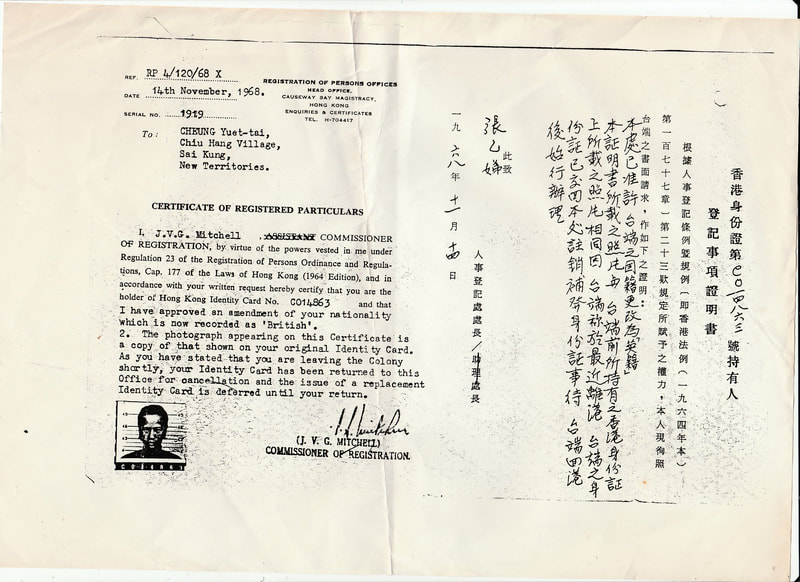 Madam Cheung Yuet-Tai was born in the New Territories (Hong Kong) in 1924, and passed away in Sutton during January, 2011. She was 86 years old, and in her 87th year (her 87th birthday would have been on the 3rd of September, 2011). She had been suffering from kidney problems for quite sometime prior to her passing. In 2001, Madam Cheung Yuet-Tai 'confirmed' Master Chan Tin Sang's 1991 'Transmission' to me - and also passed on to me one of his jade rings, a gold and jade clan-leader's ring, and gold wristwatch.
|
AuthorShifu Adrian Chan-Wyles (b. 1967) - Lineage (Generational) Inheritor of the Ch'an Dao Hakka Gongfu System. |
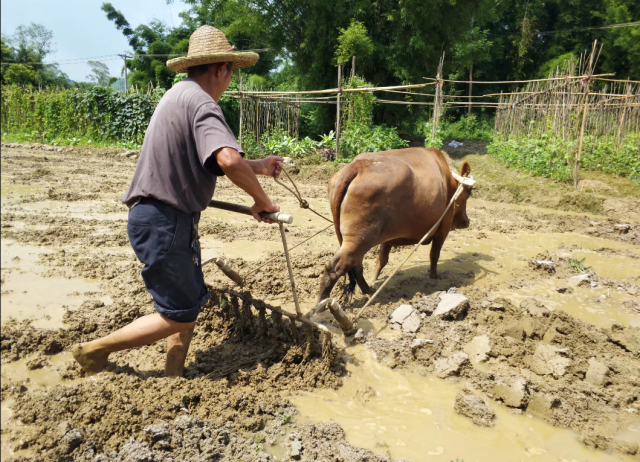
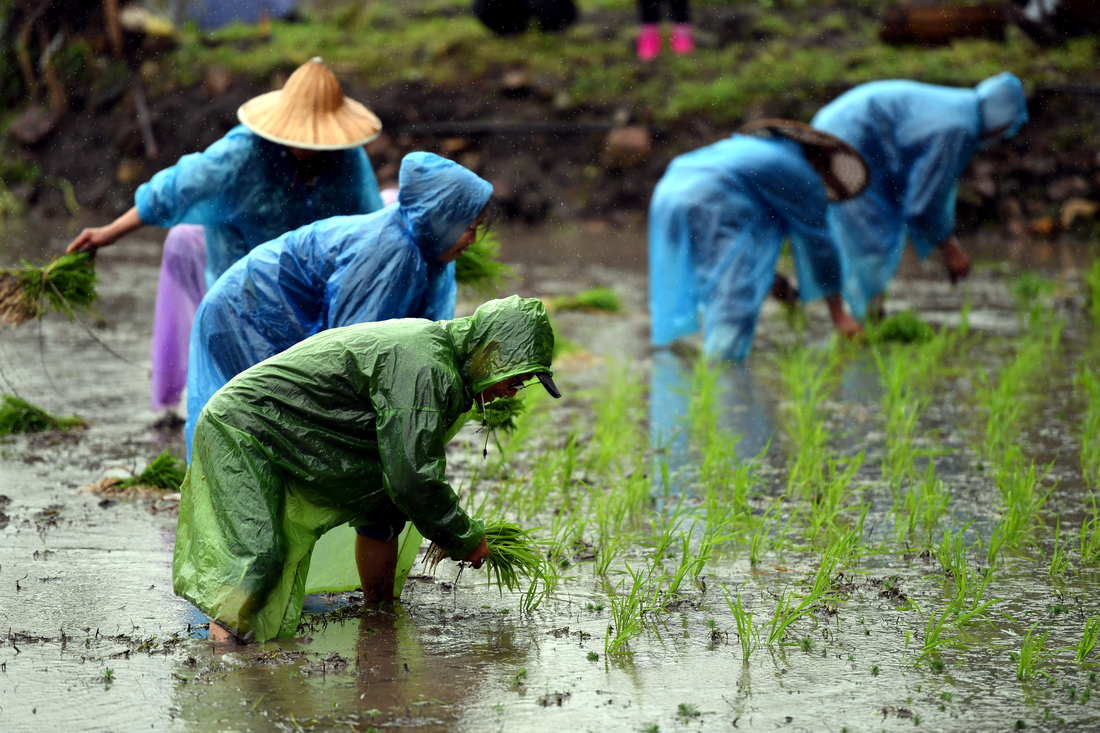
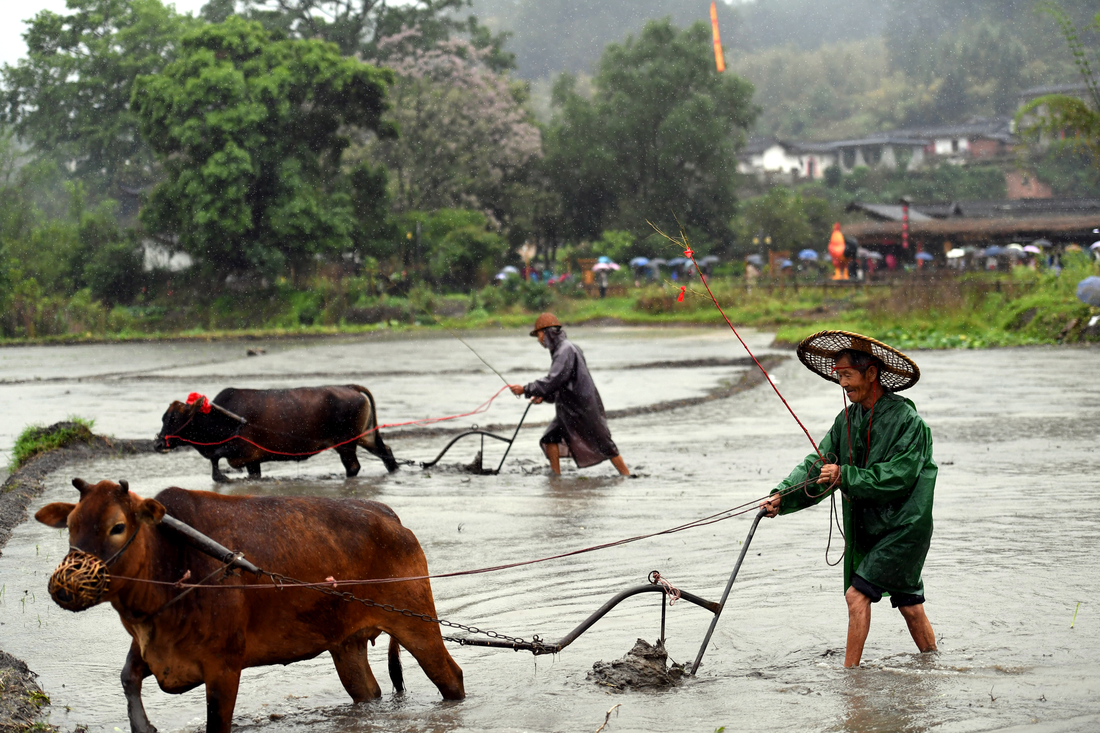
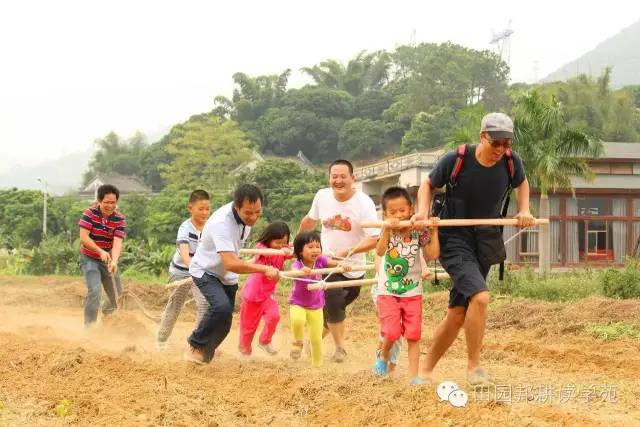
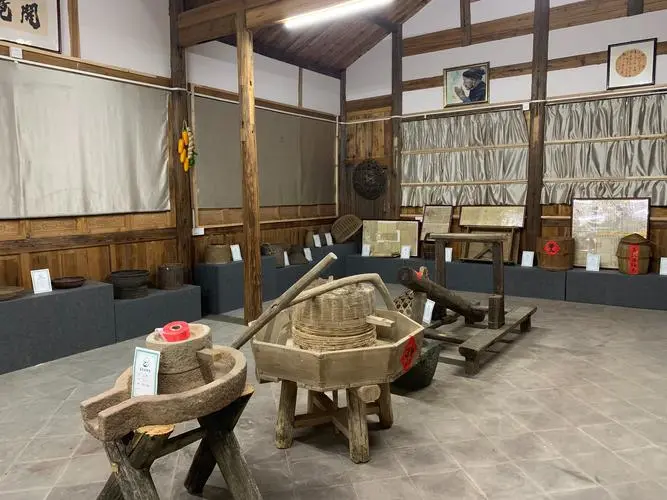
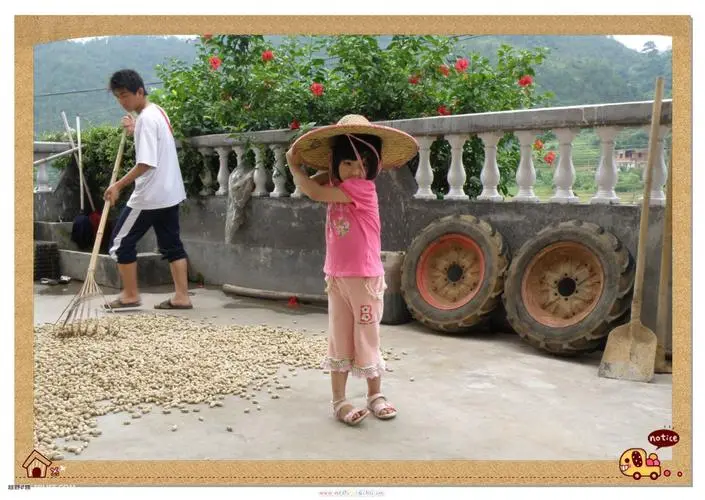
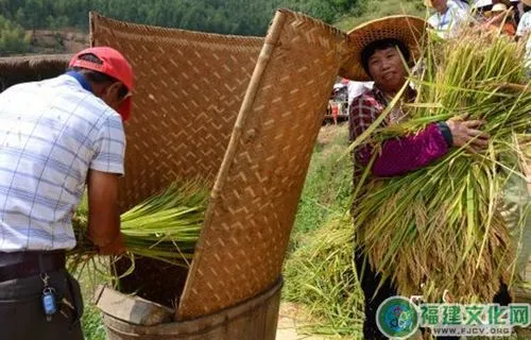
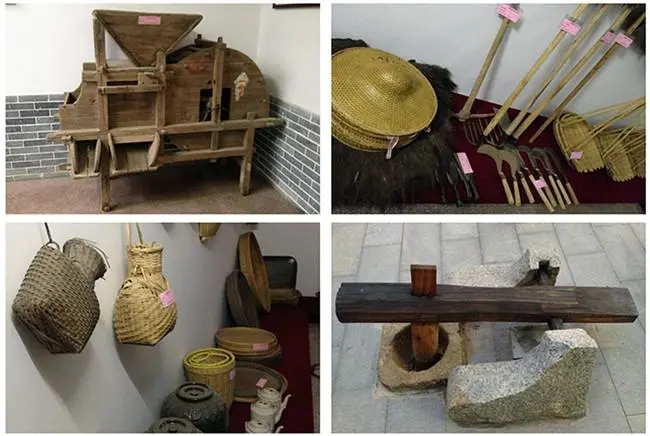
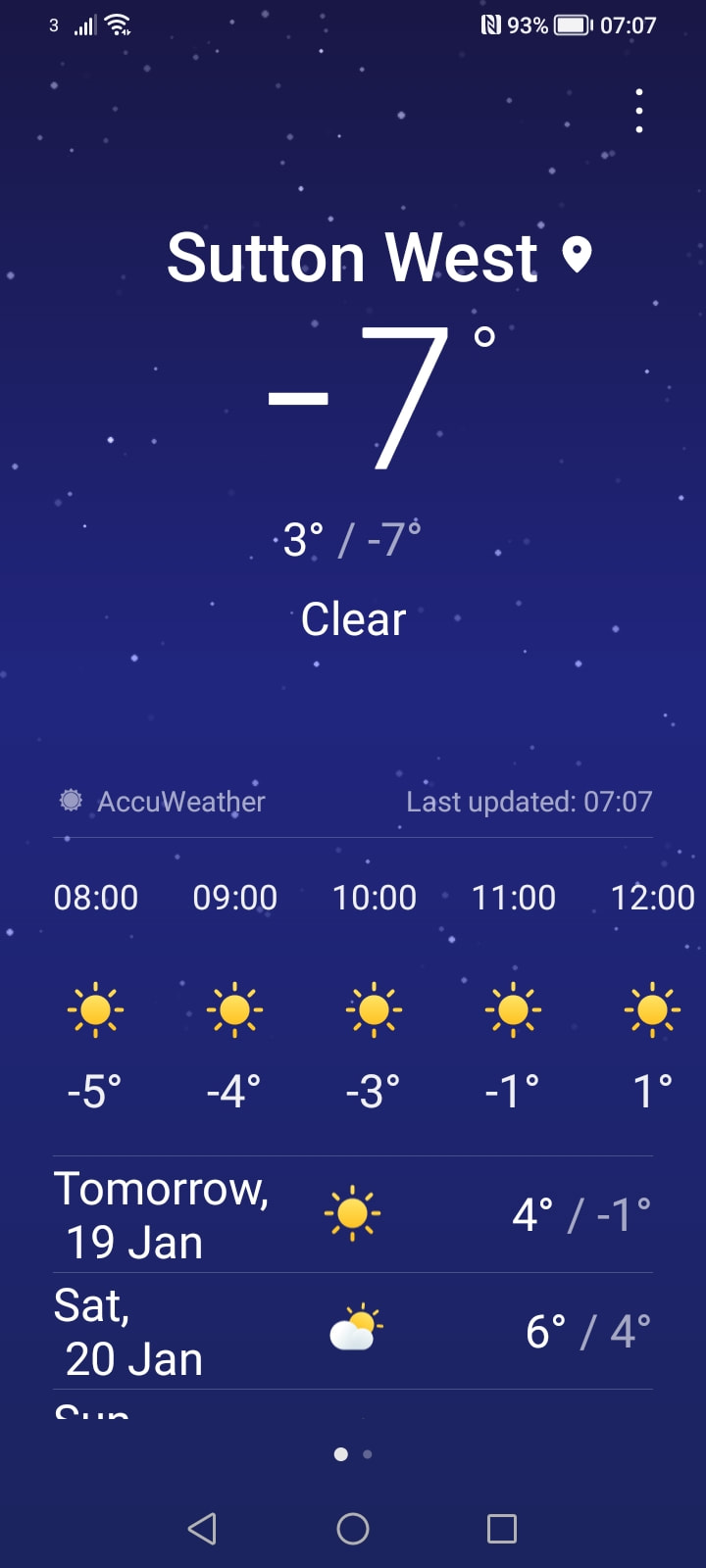
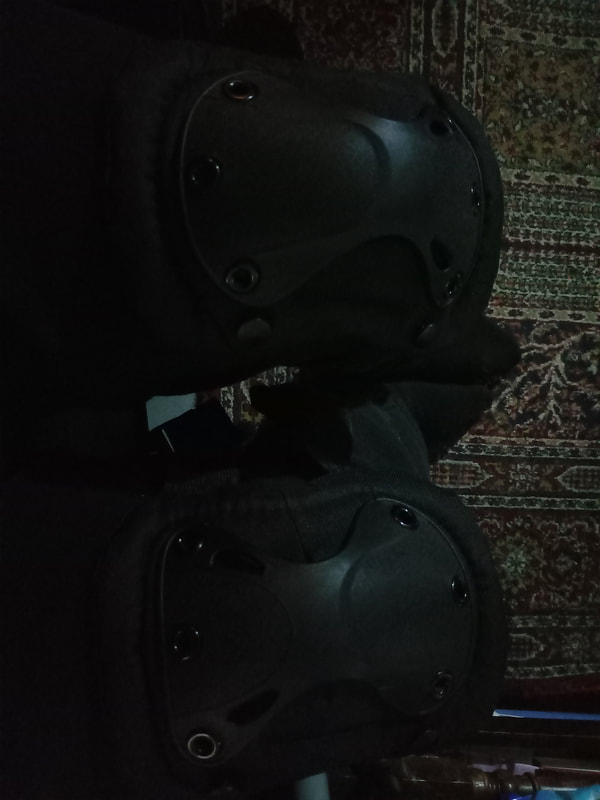
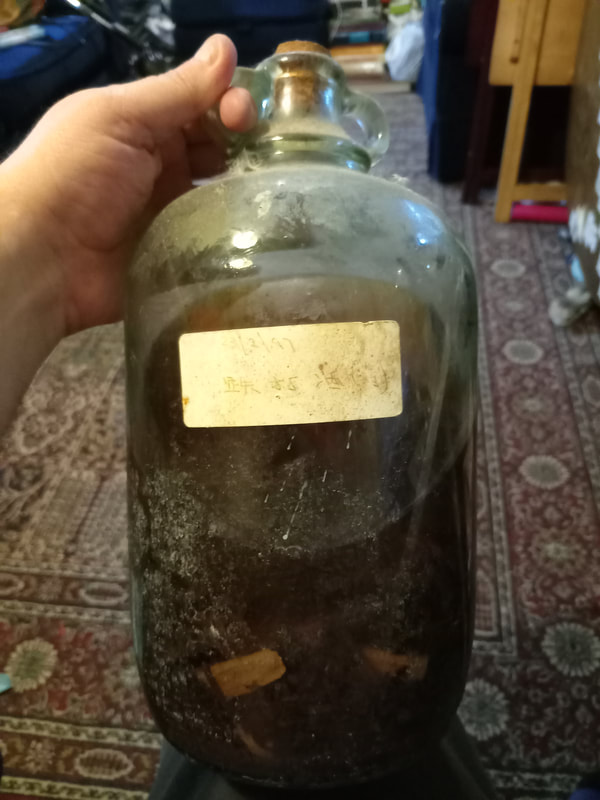
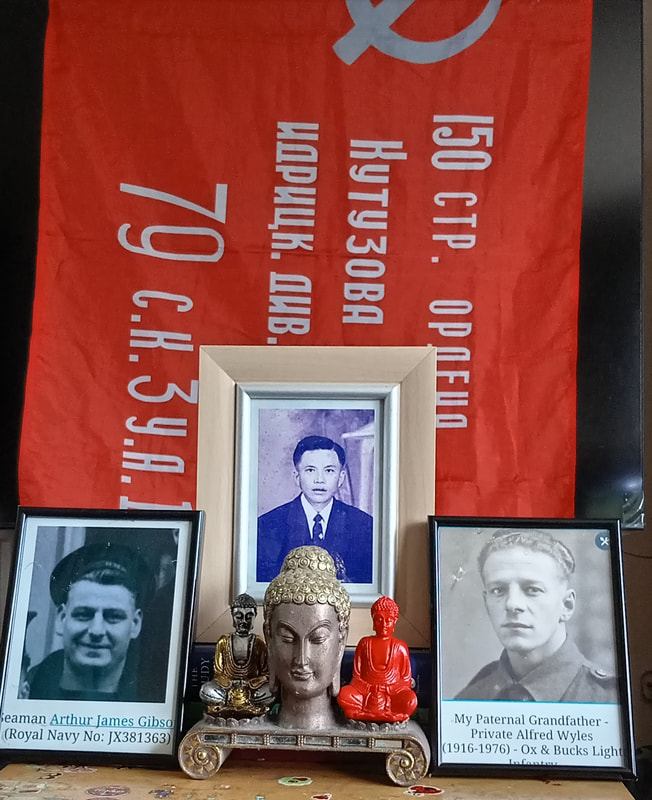
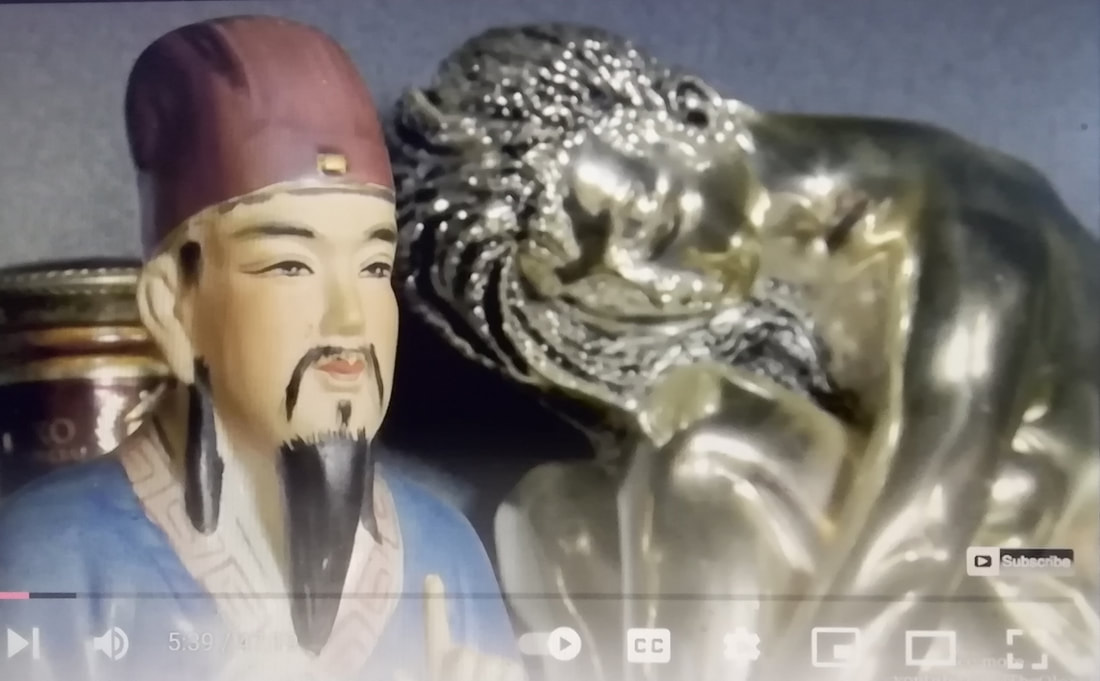
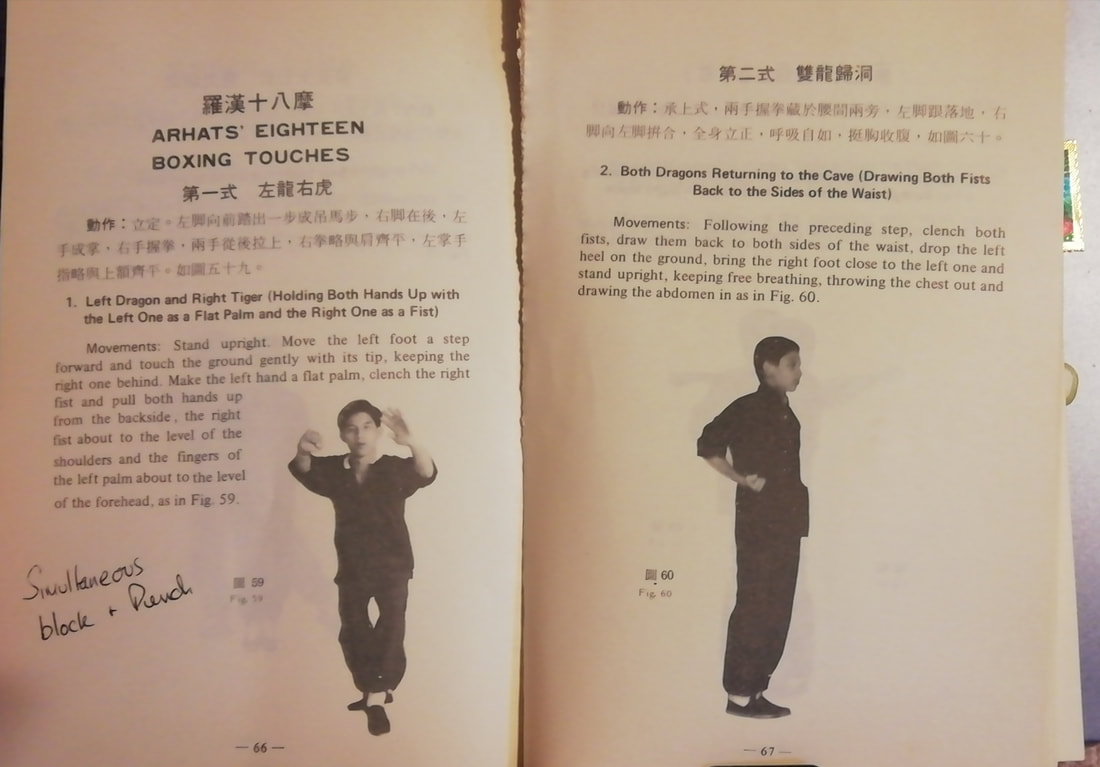
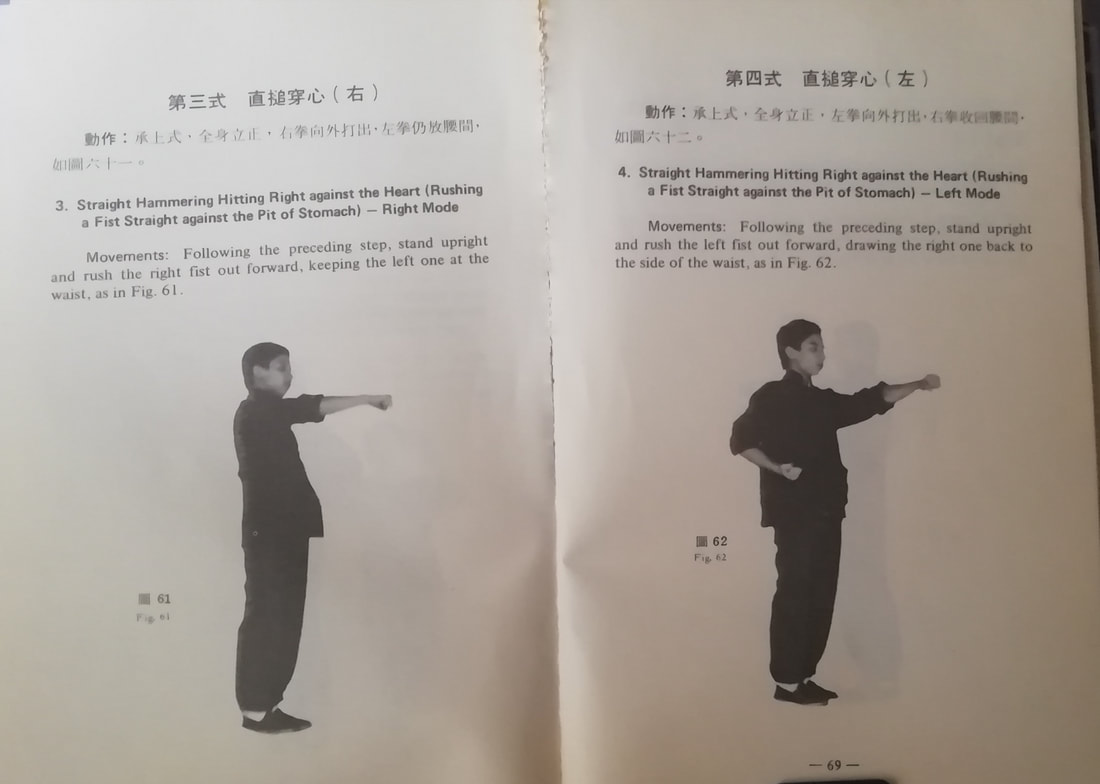
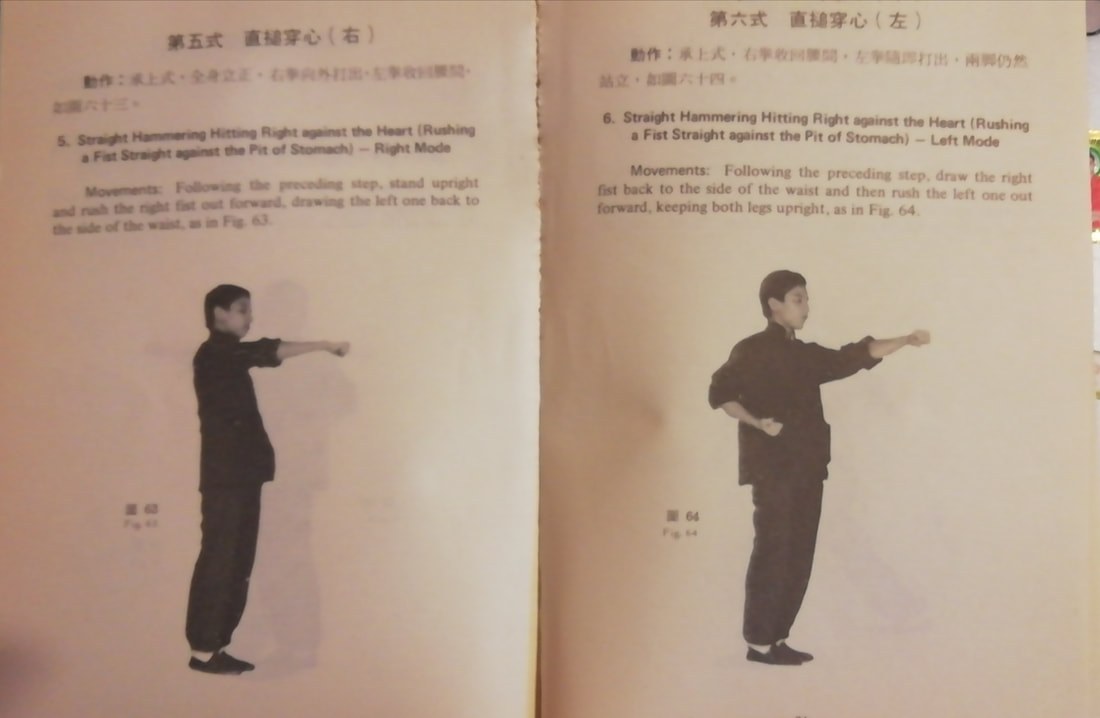
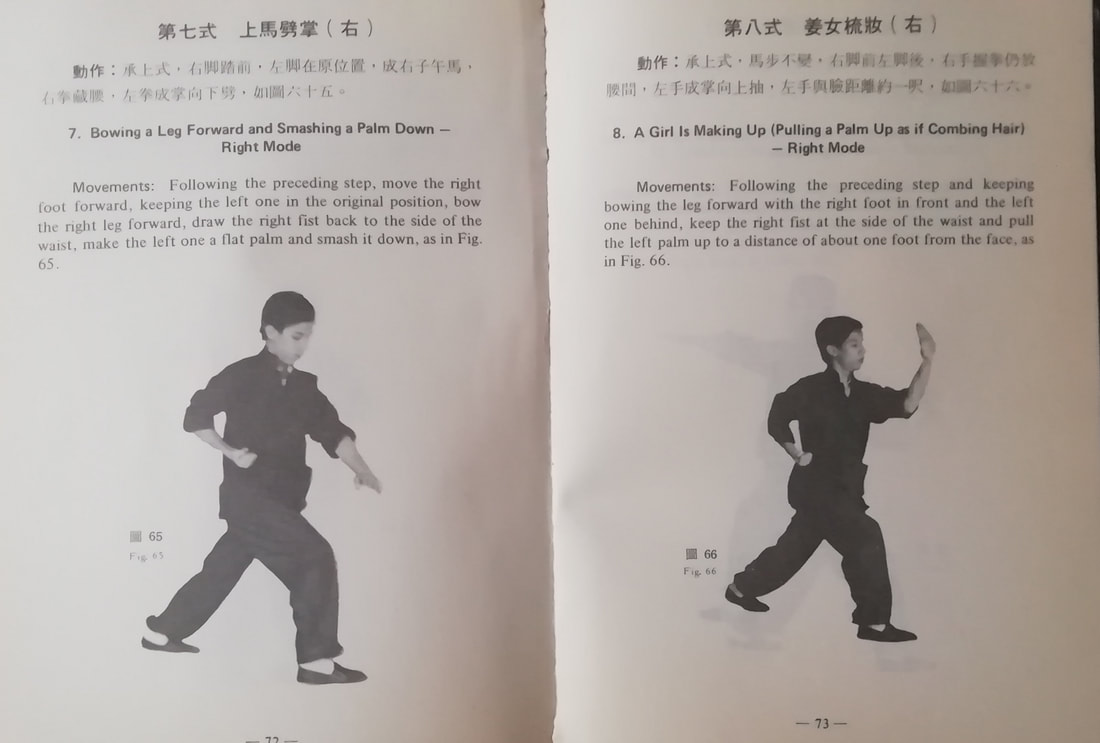
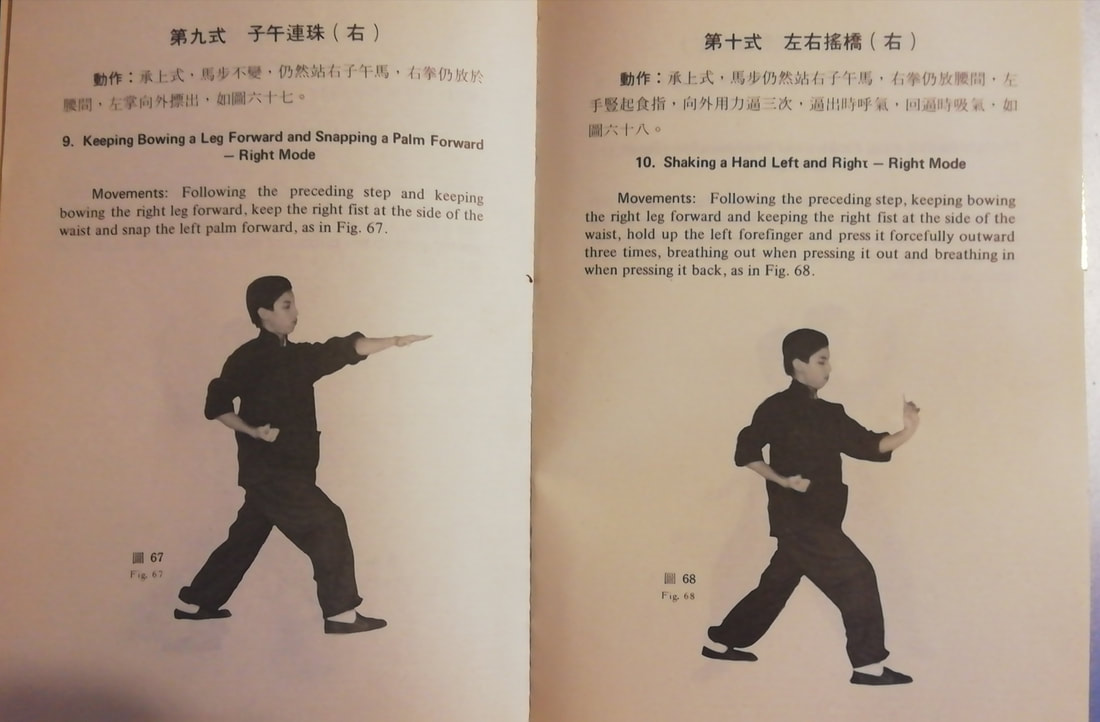
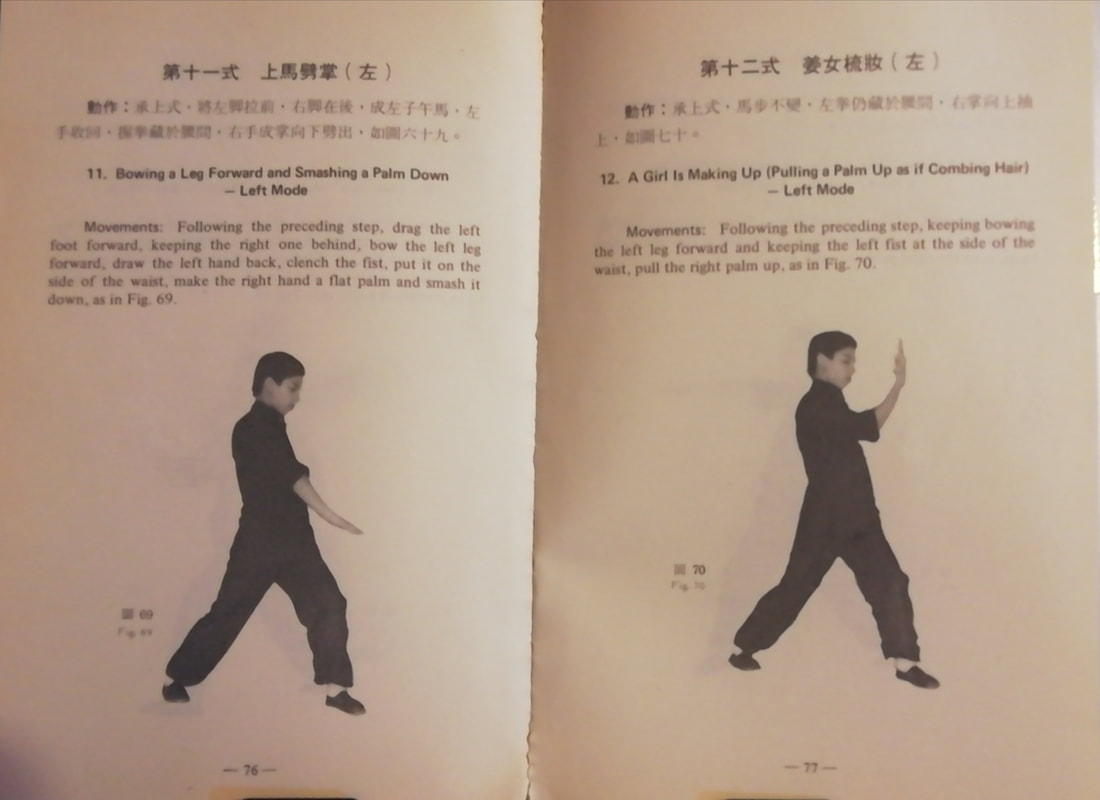
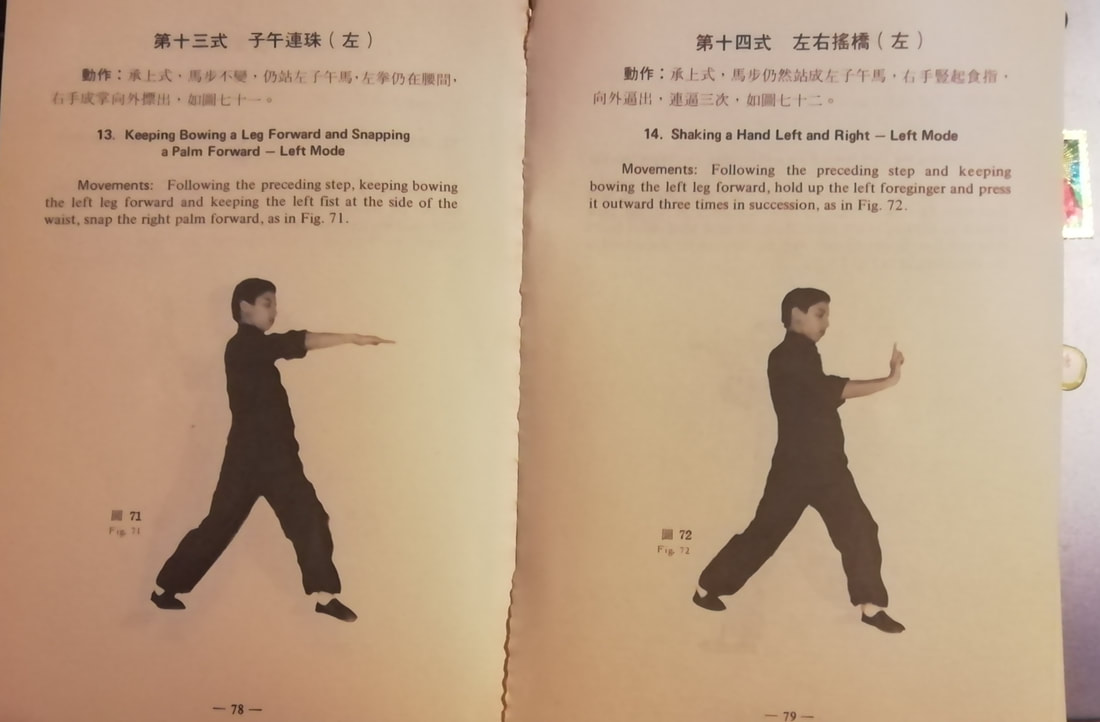
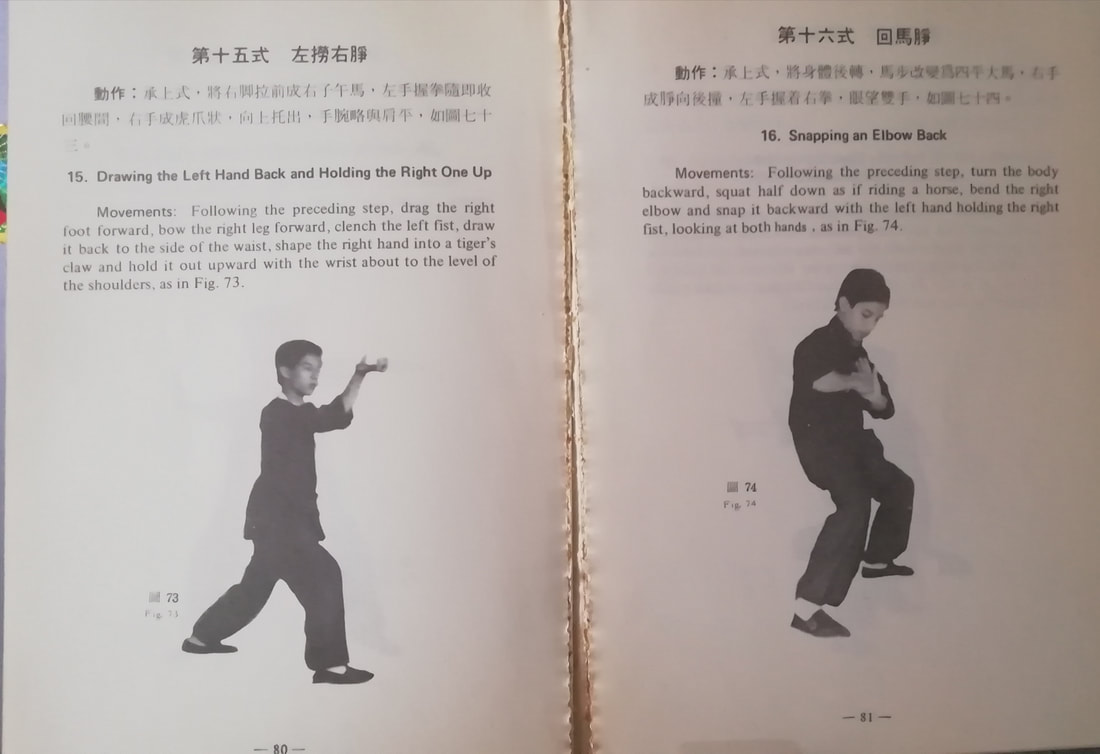
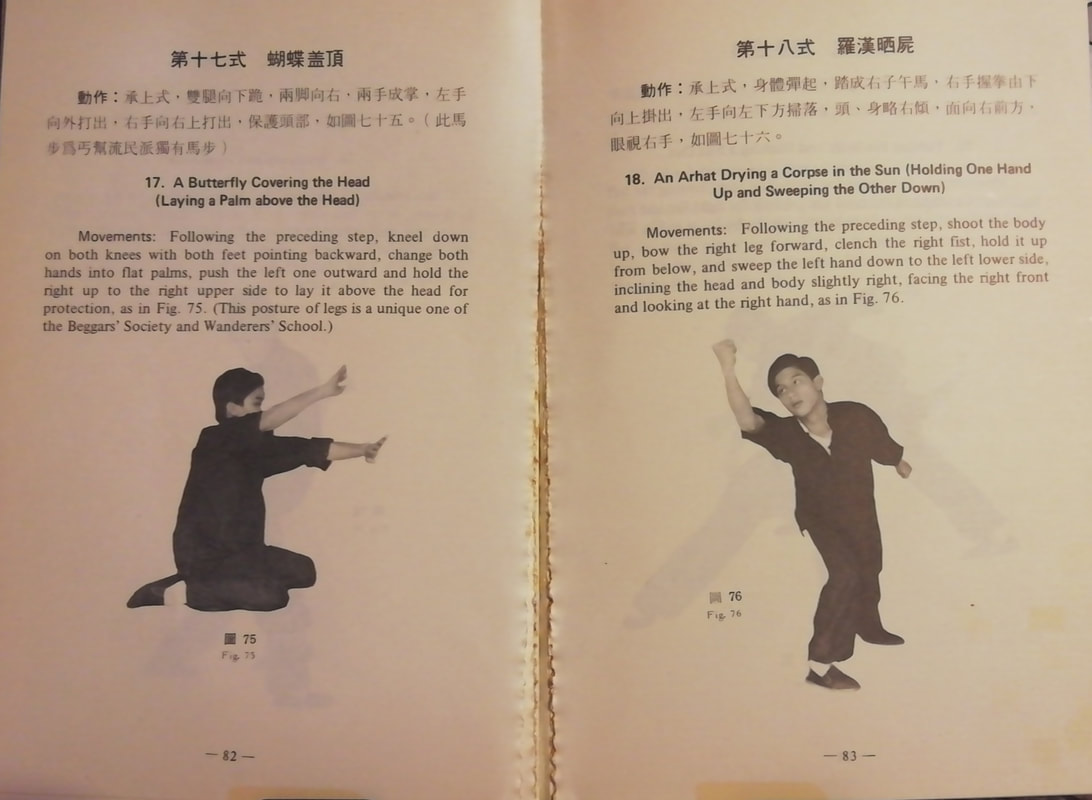
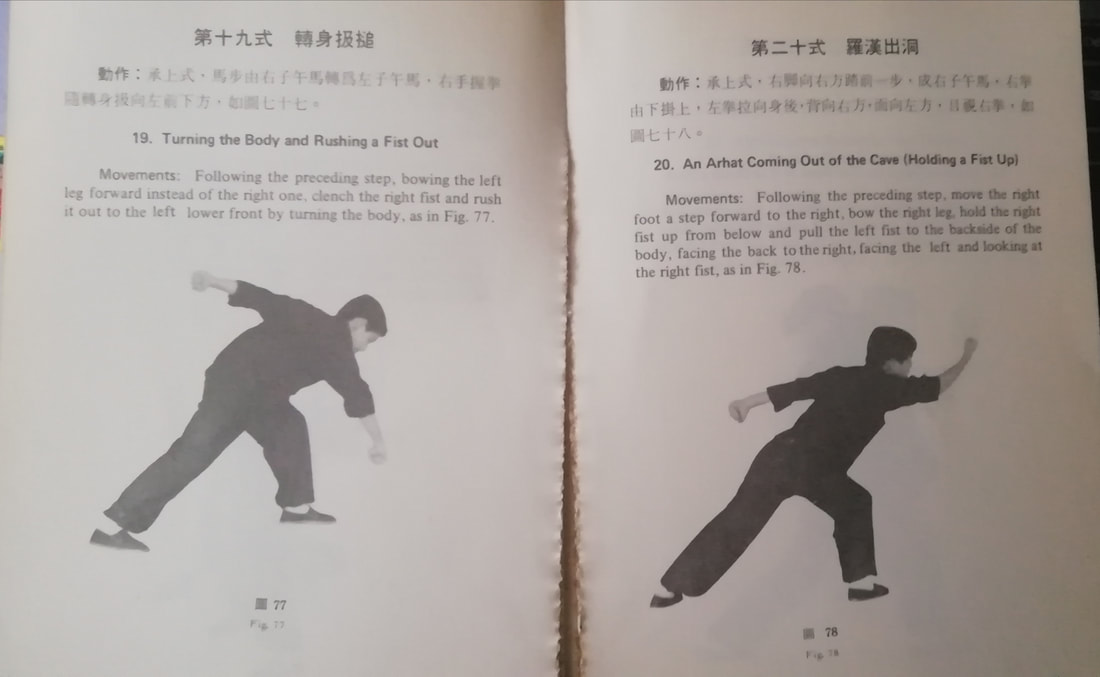
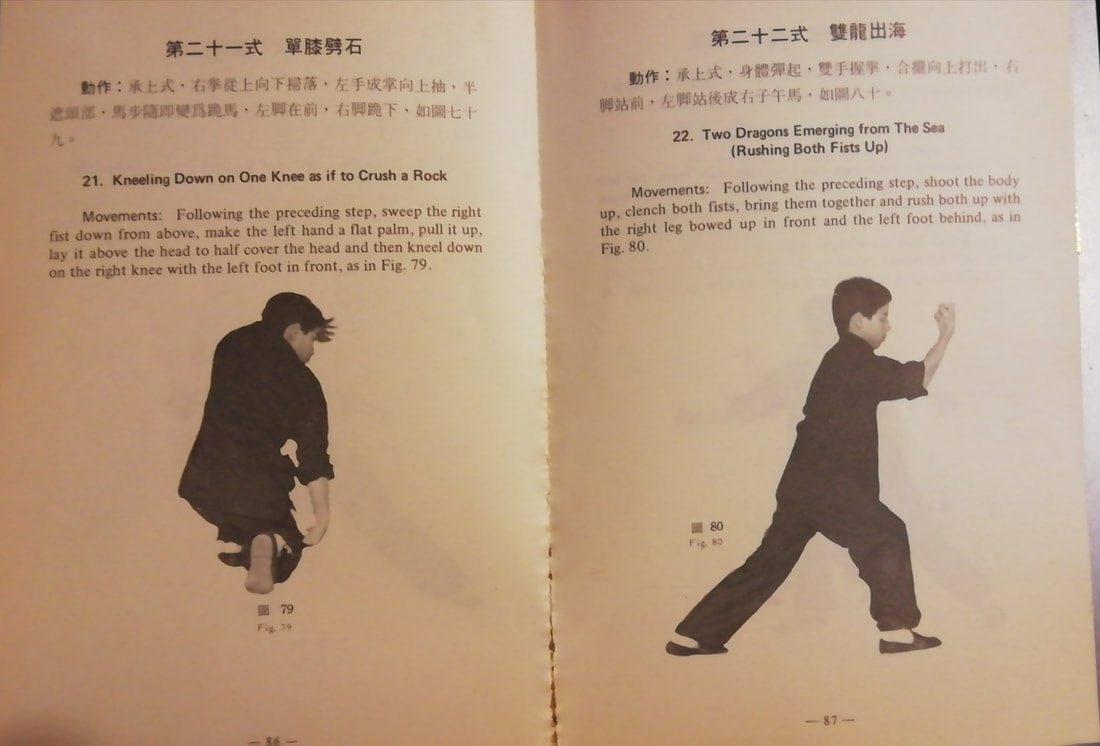
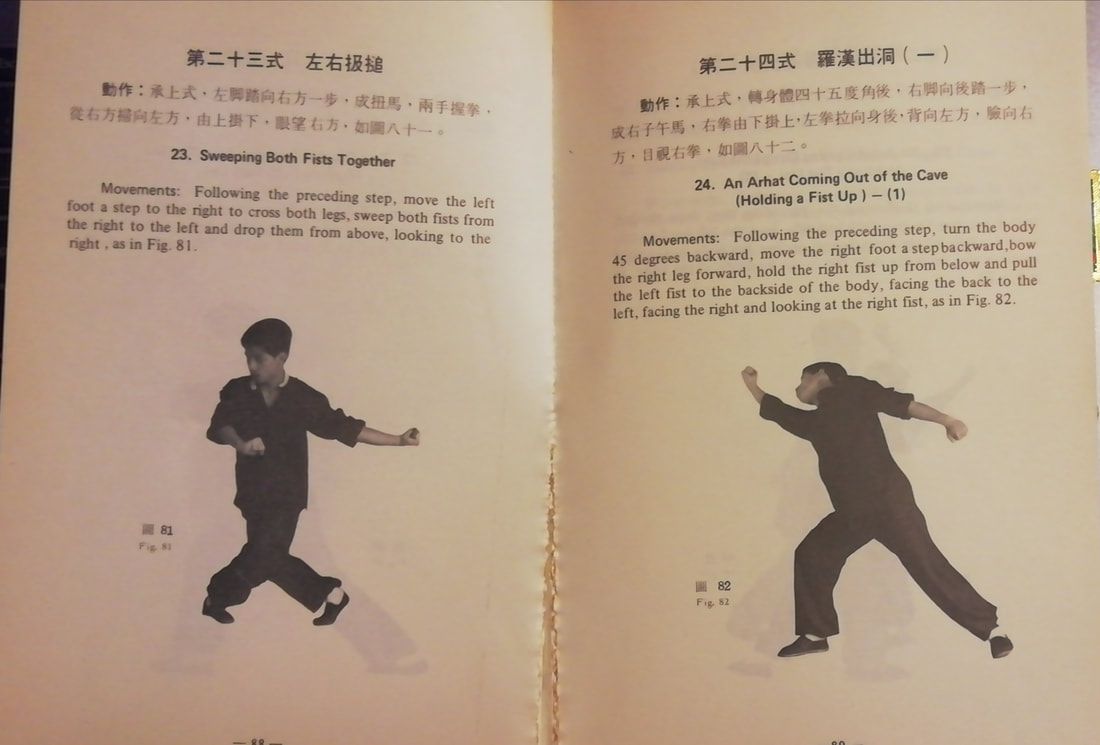
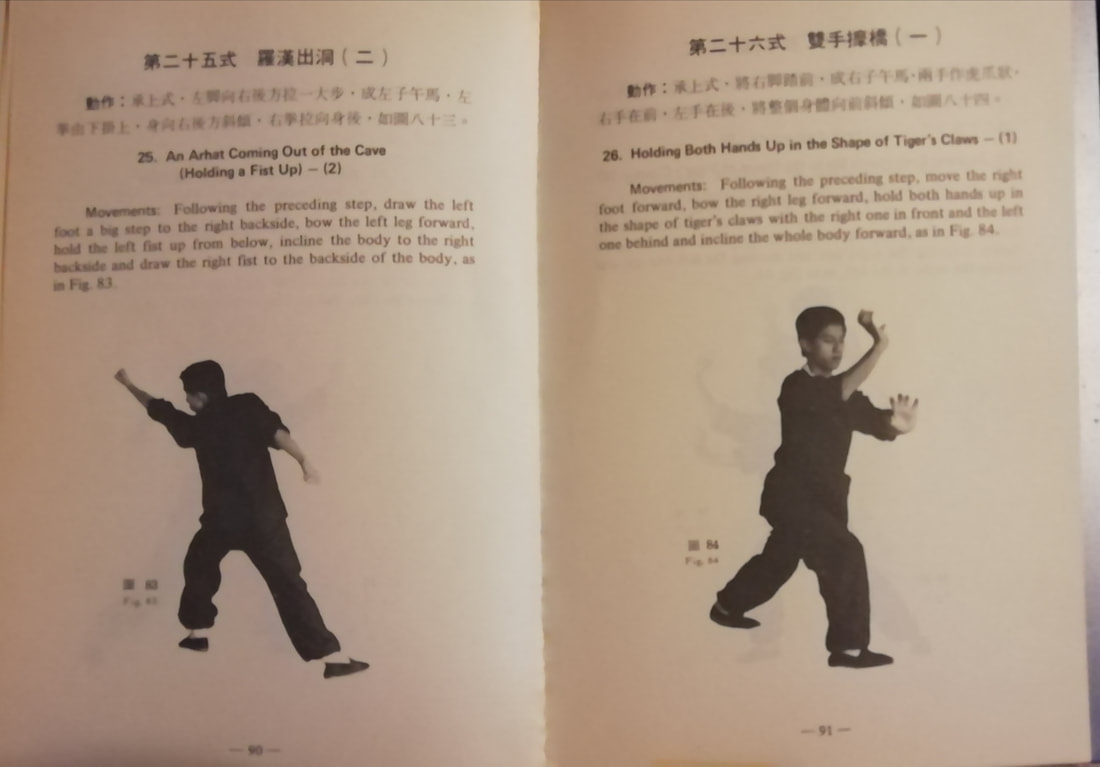
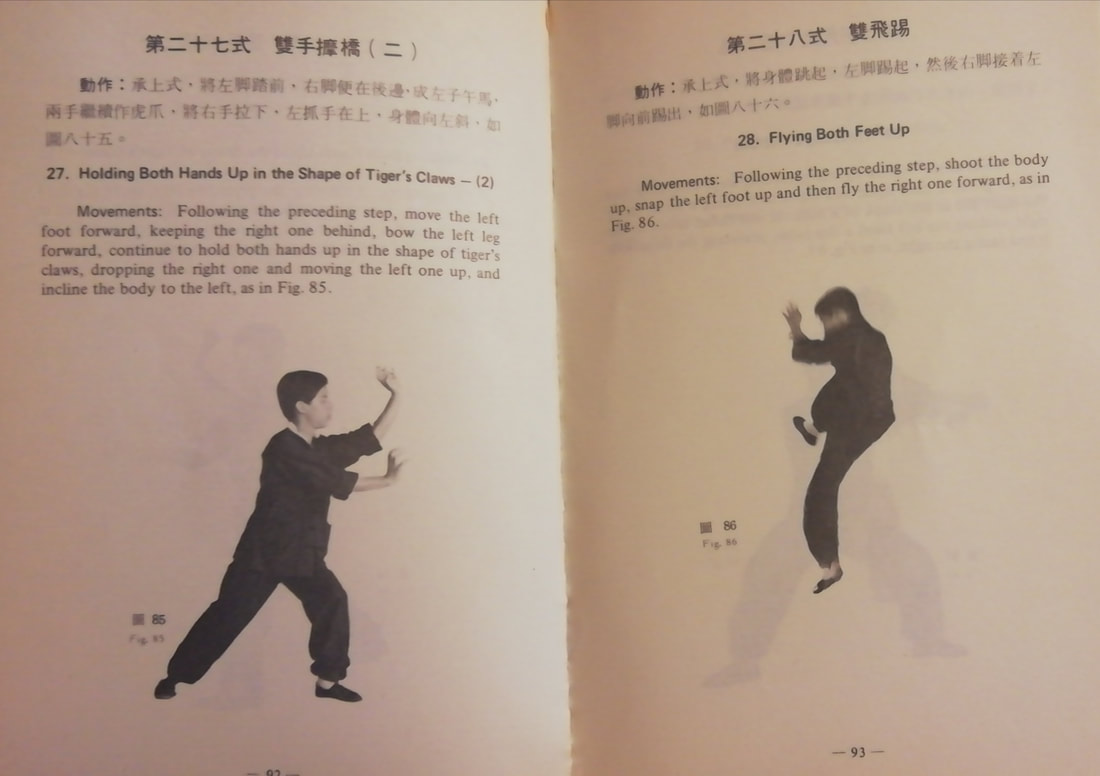
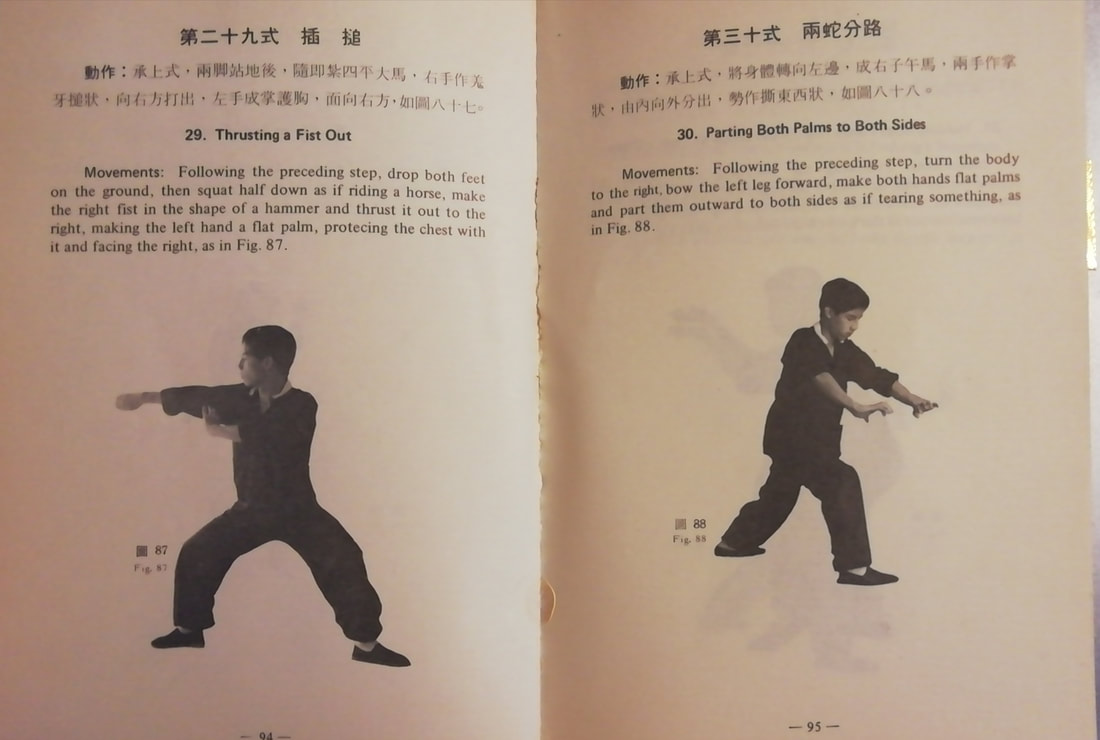
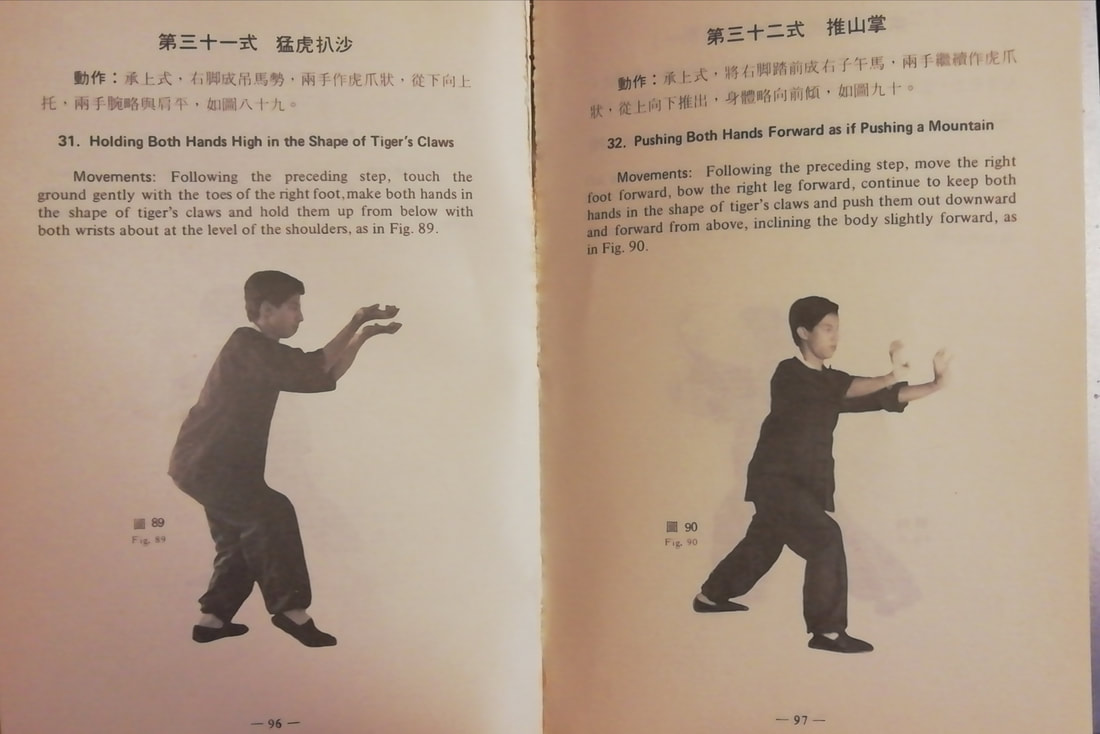
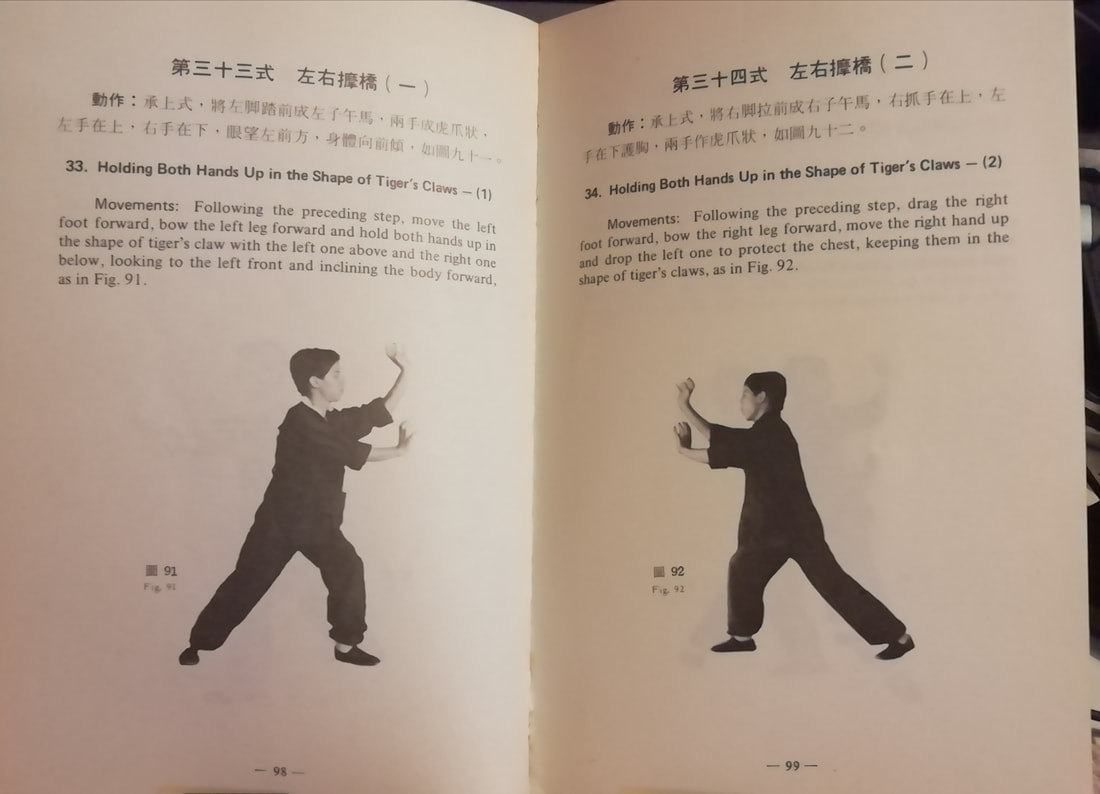
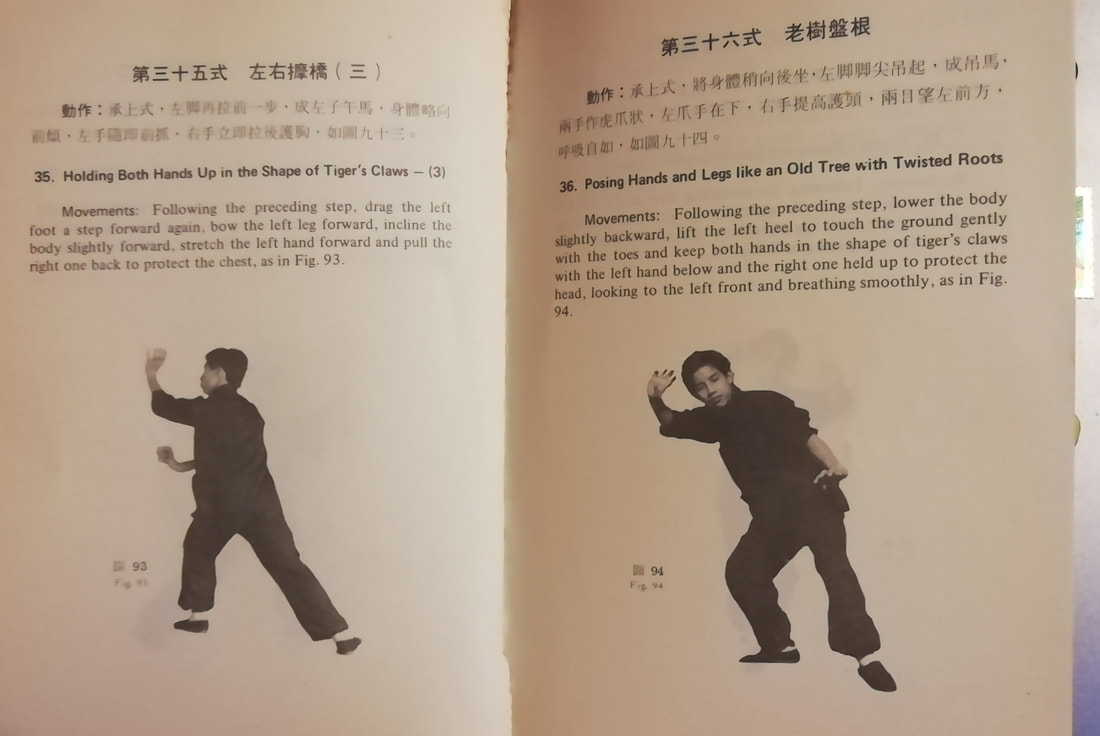
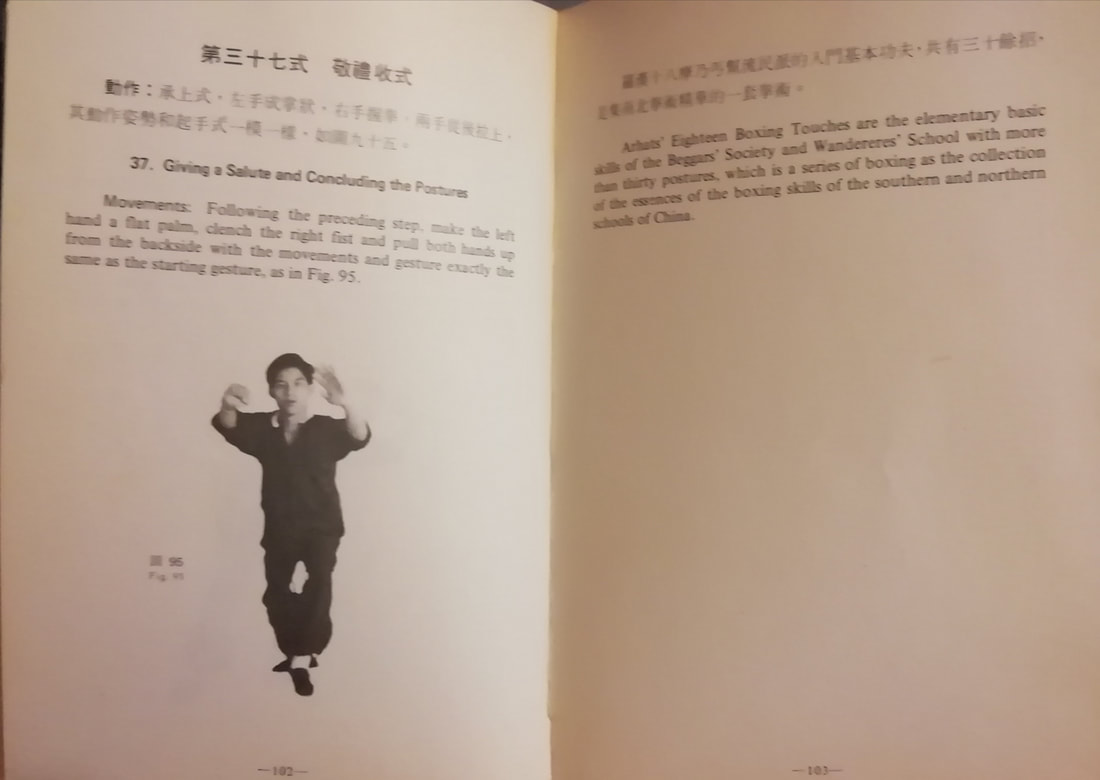
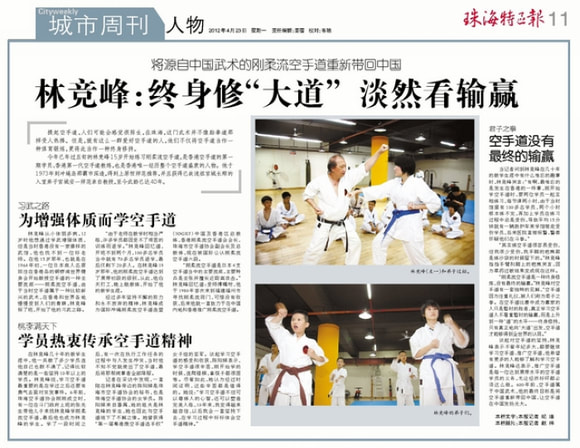
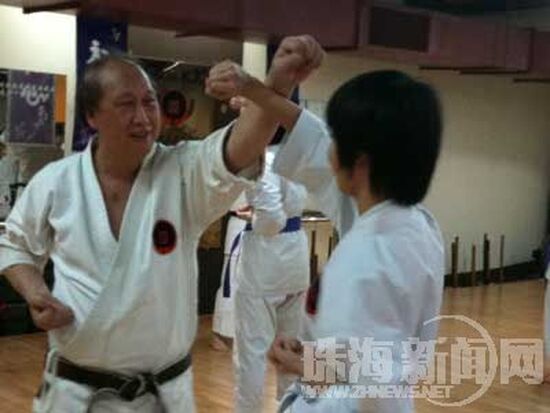
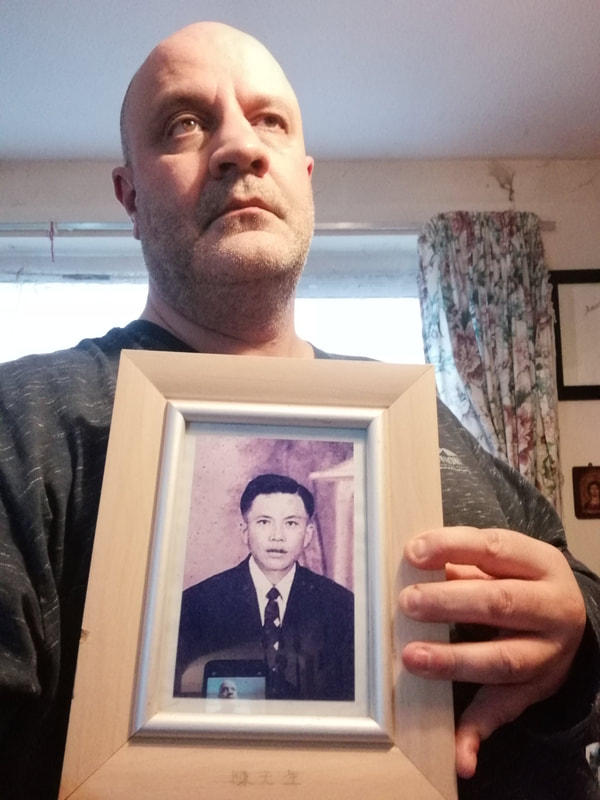
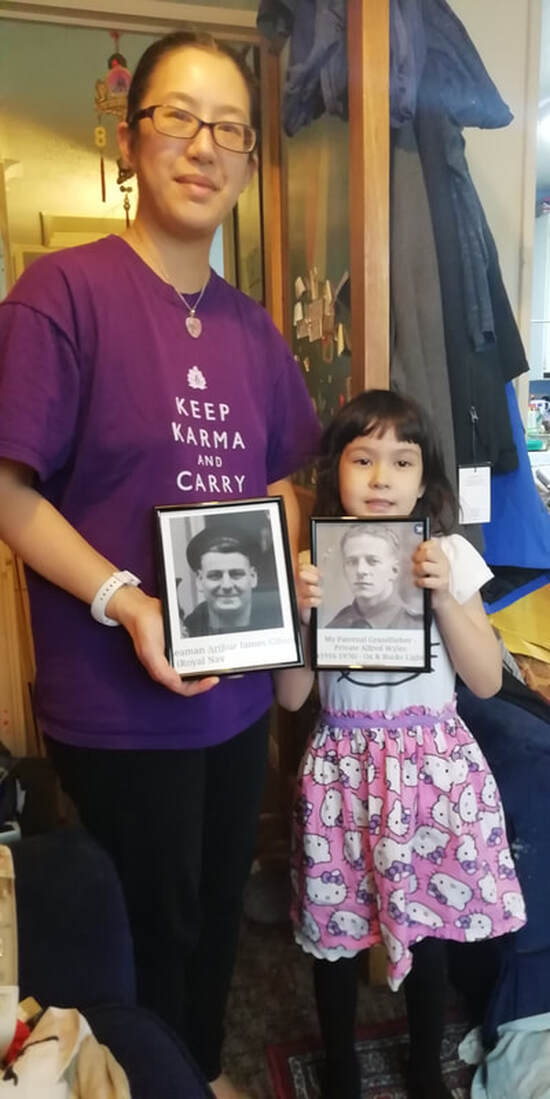
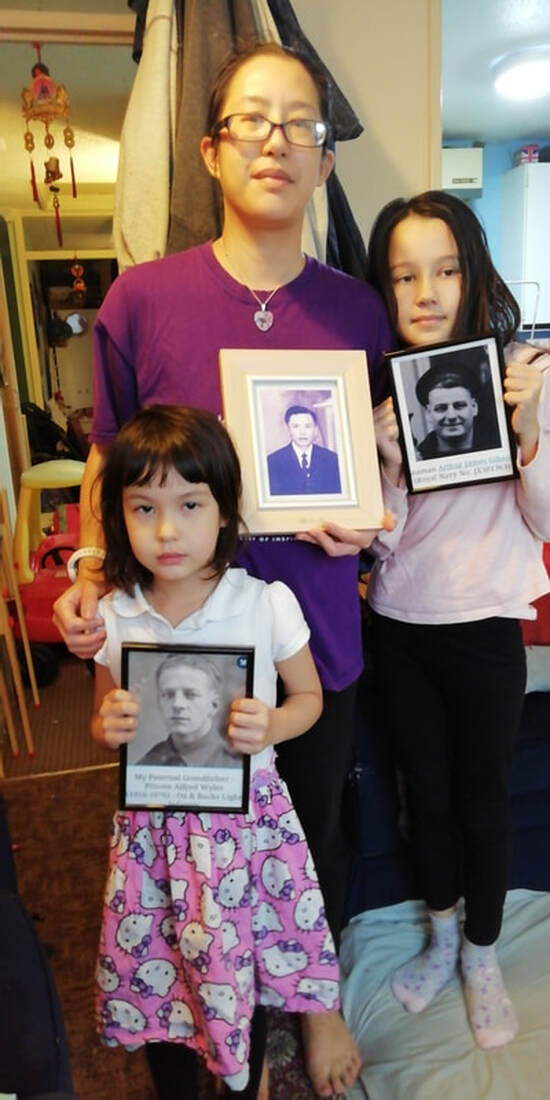
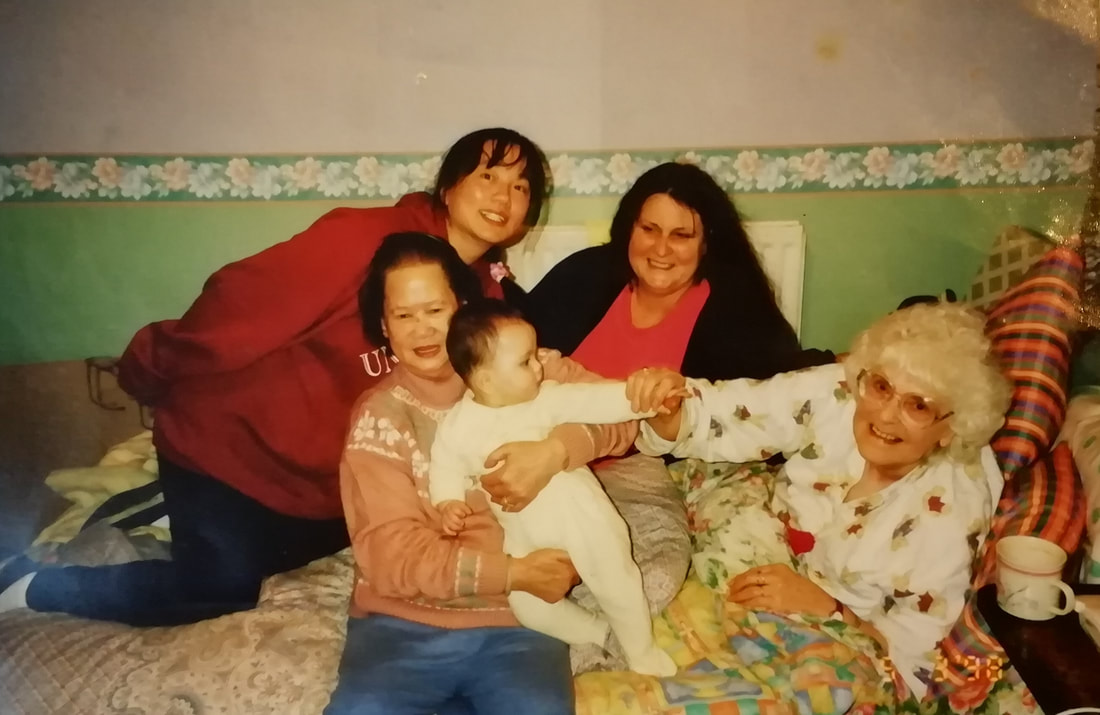
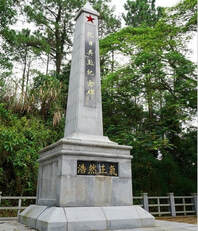
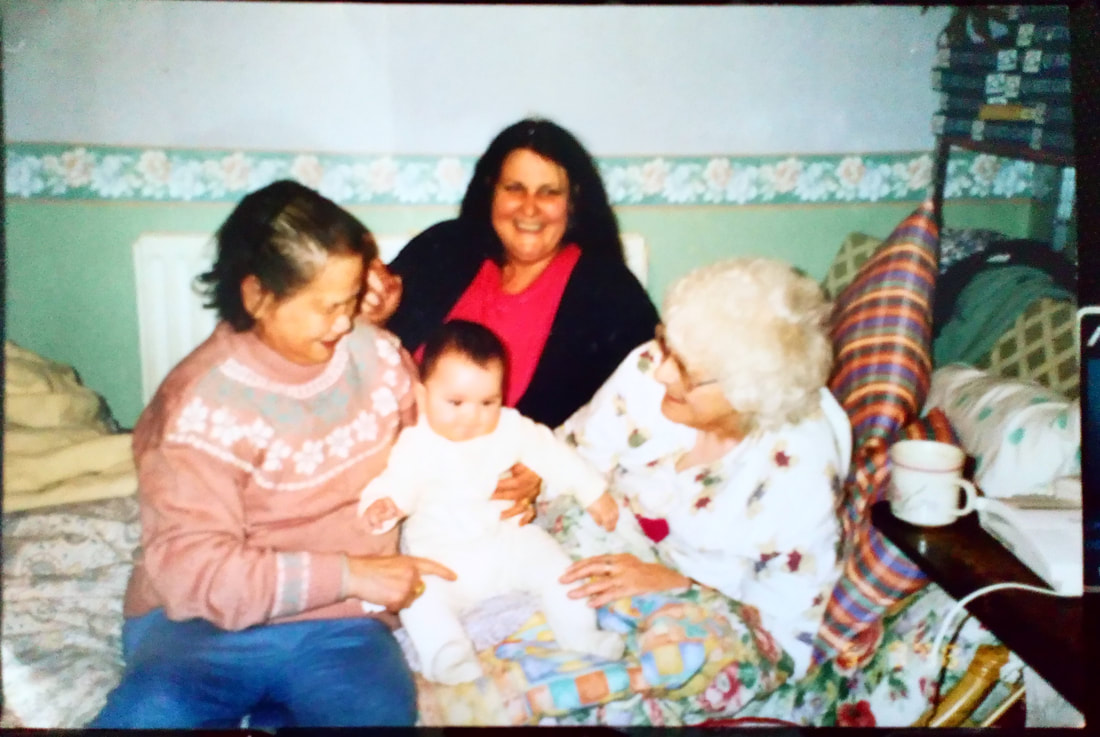
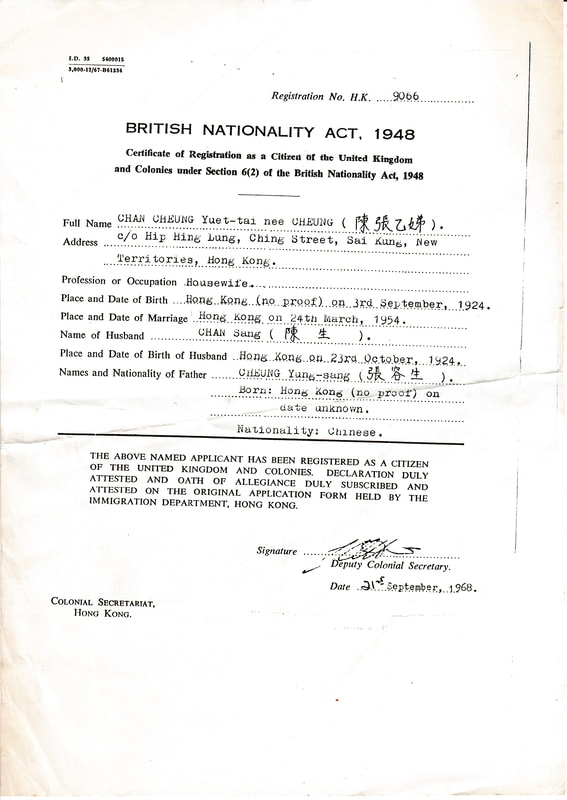
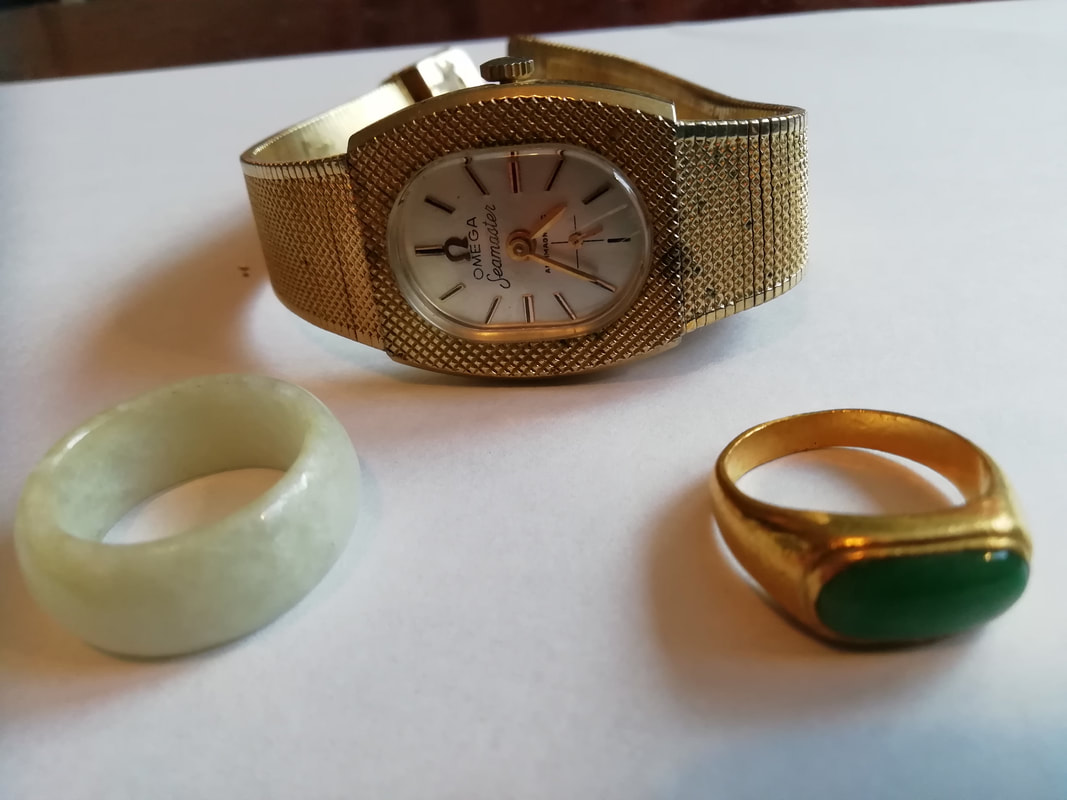
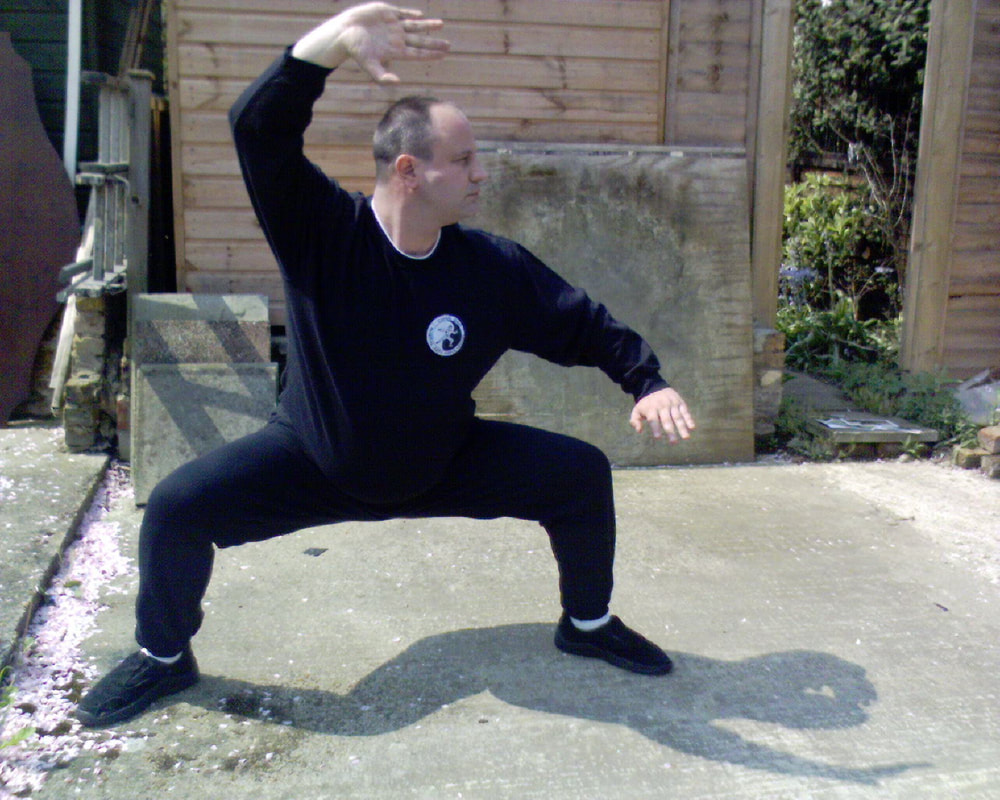
 RSS Feed
RSS Feed